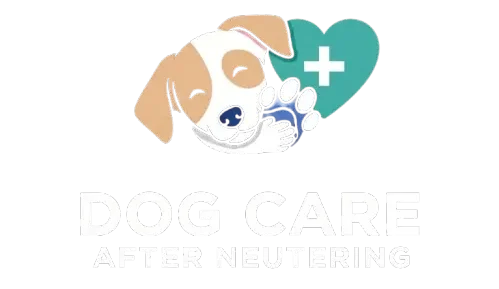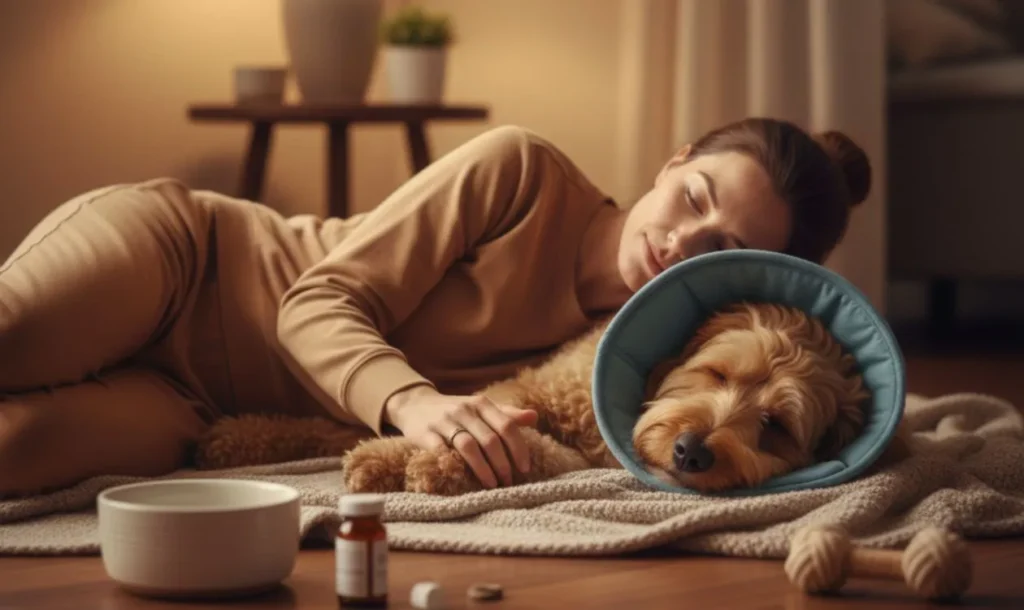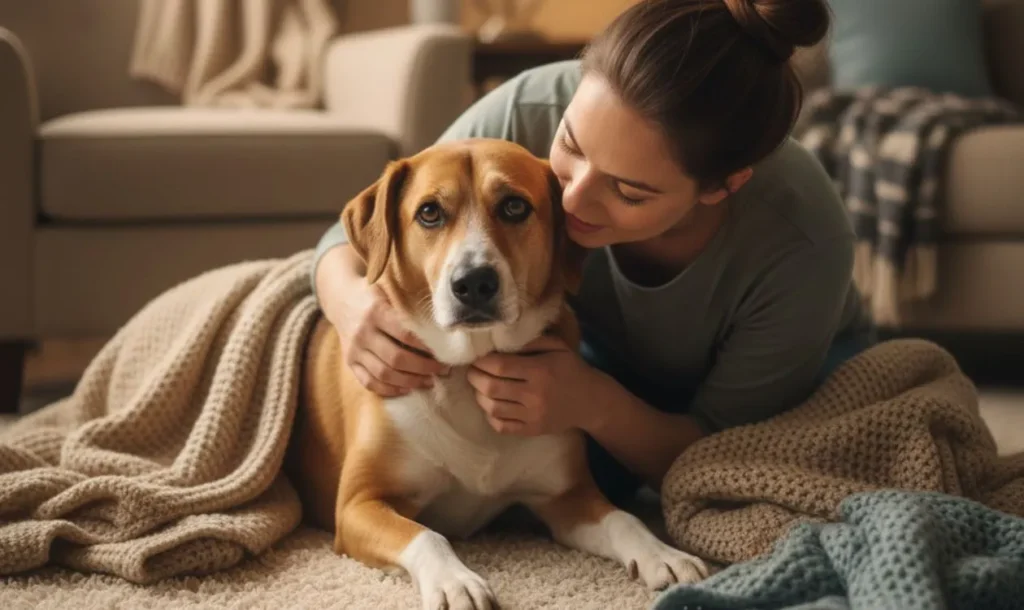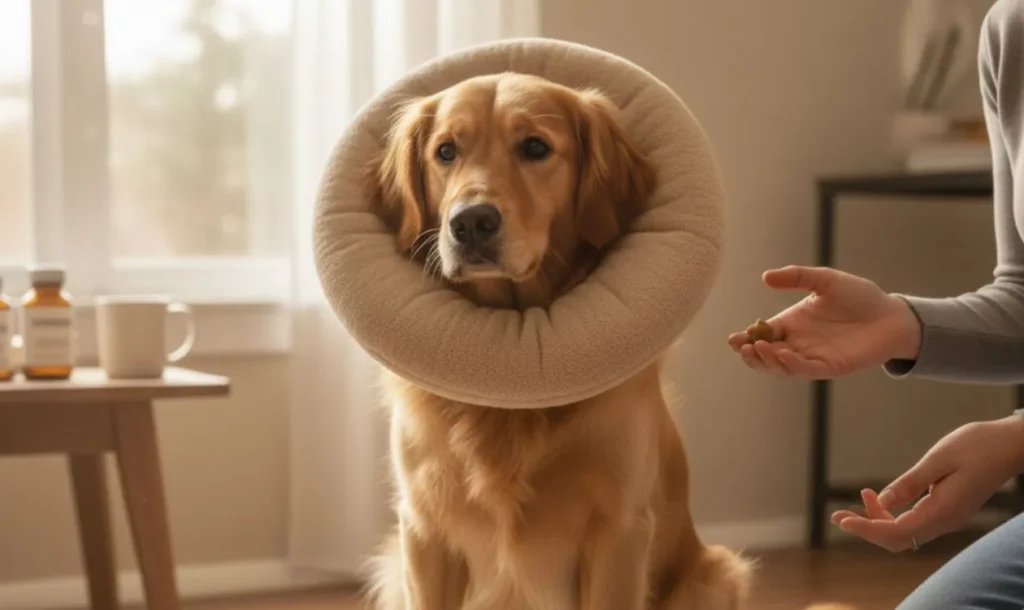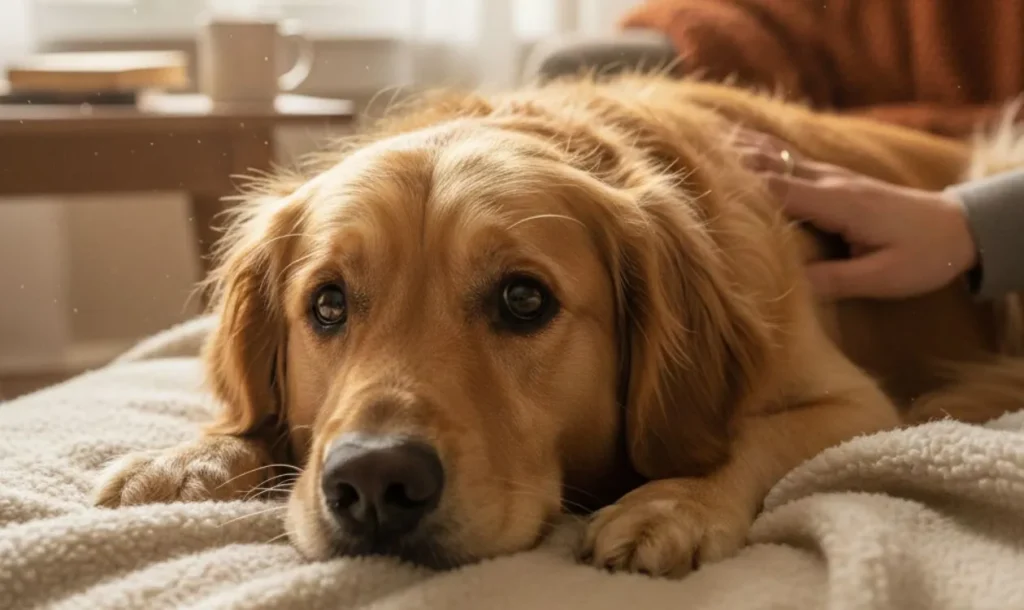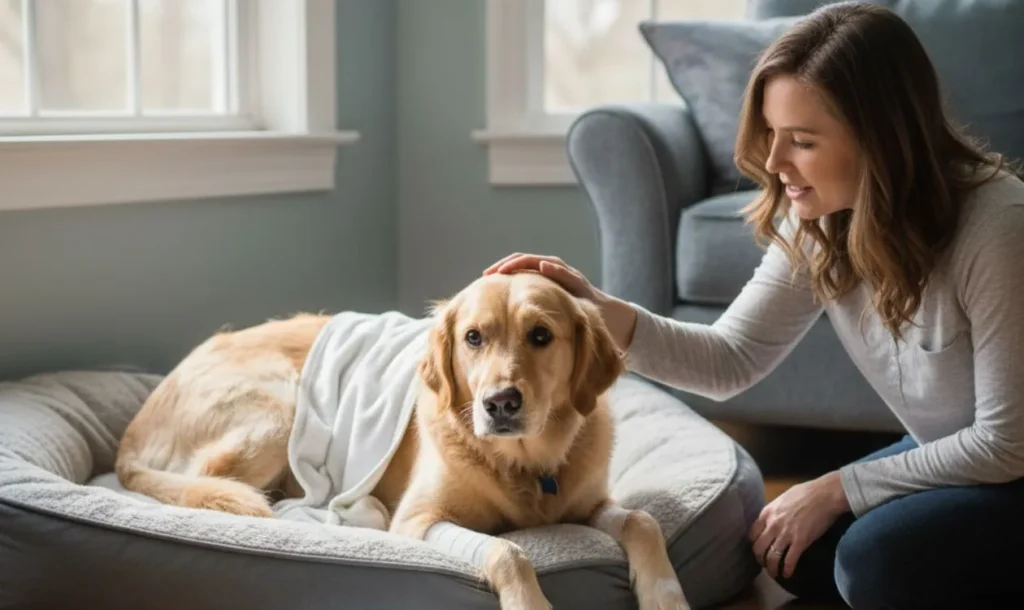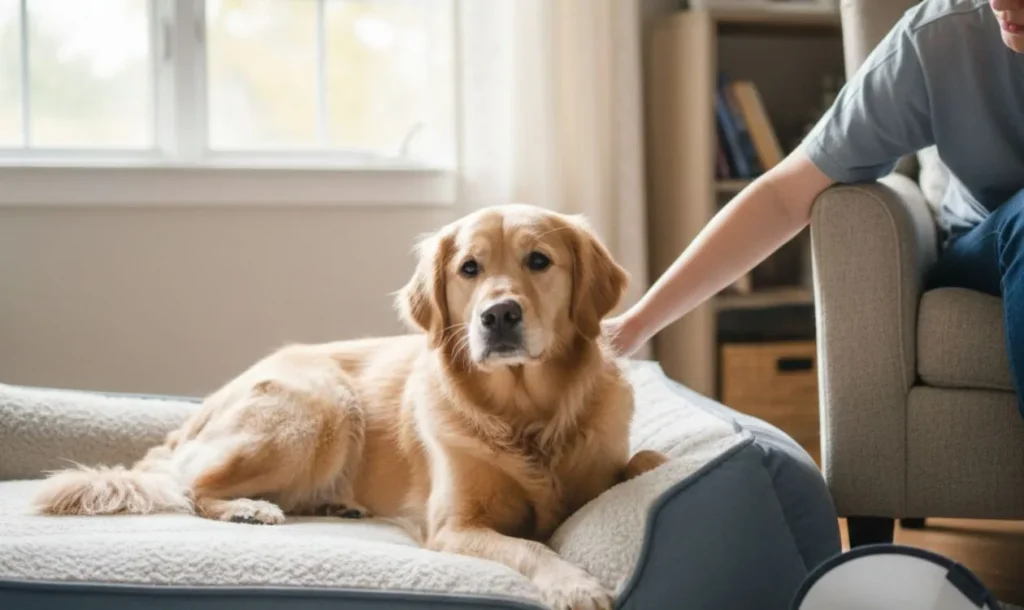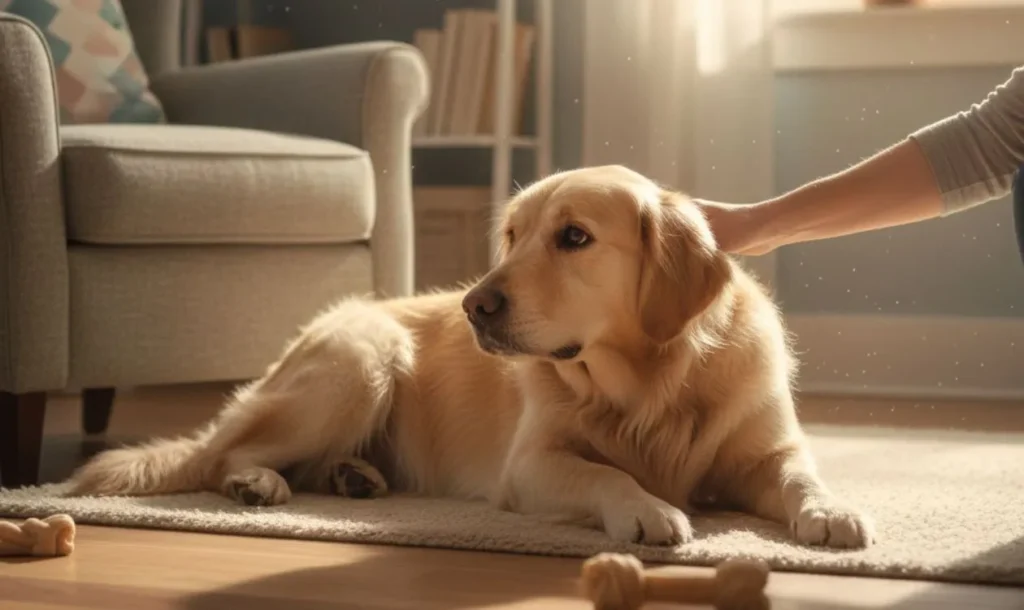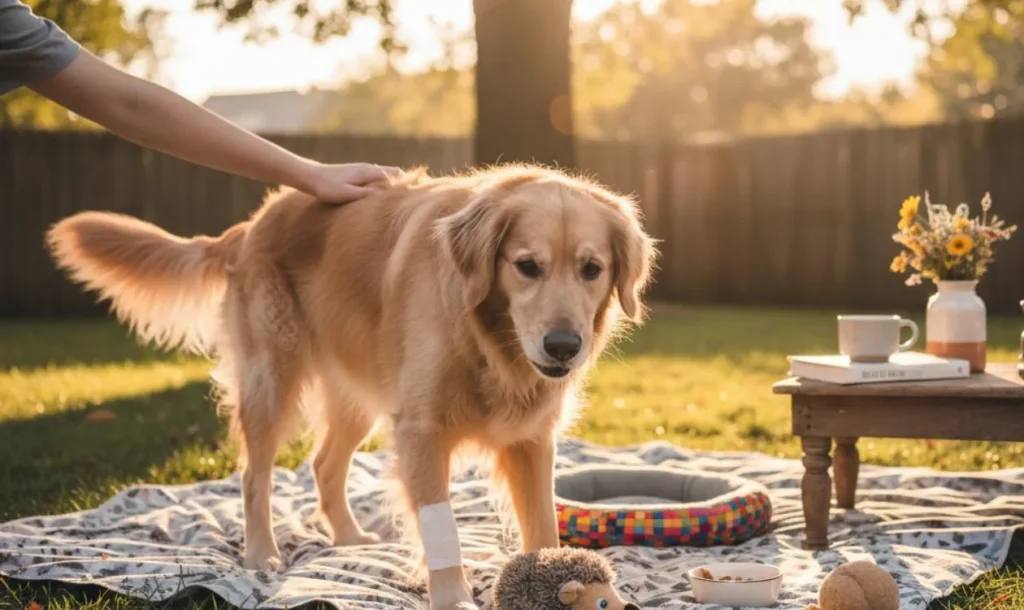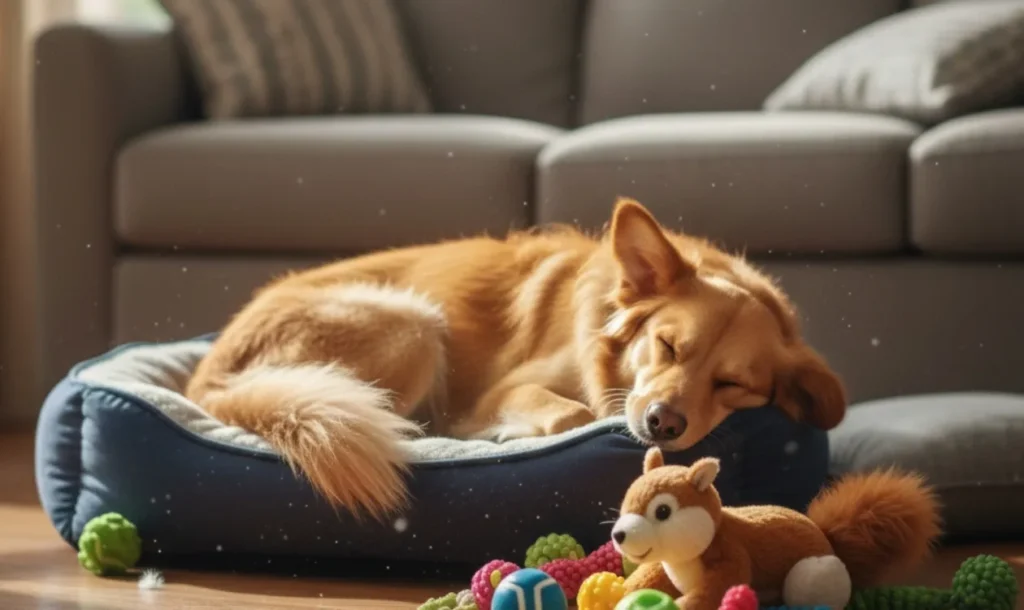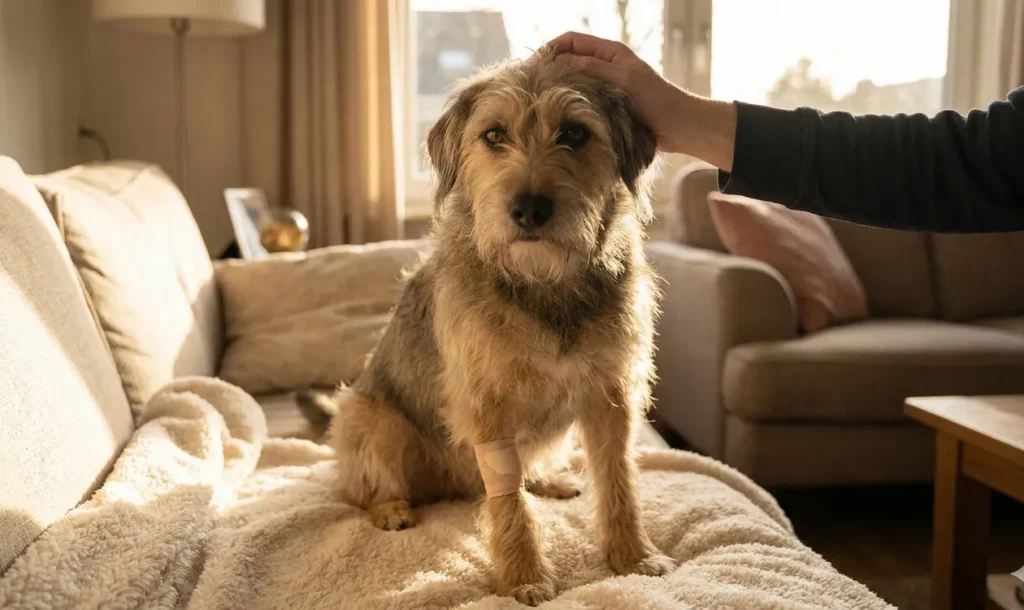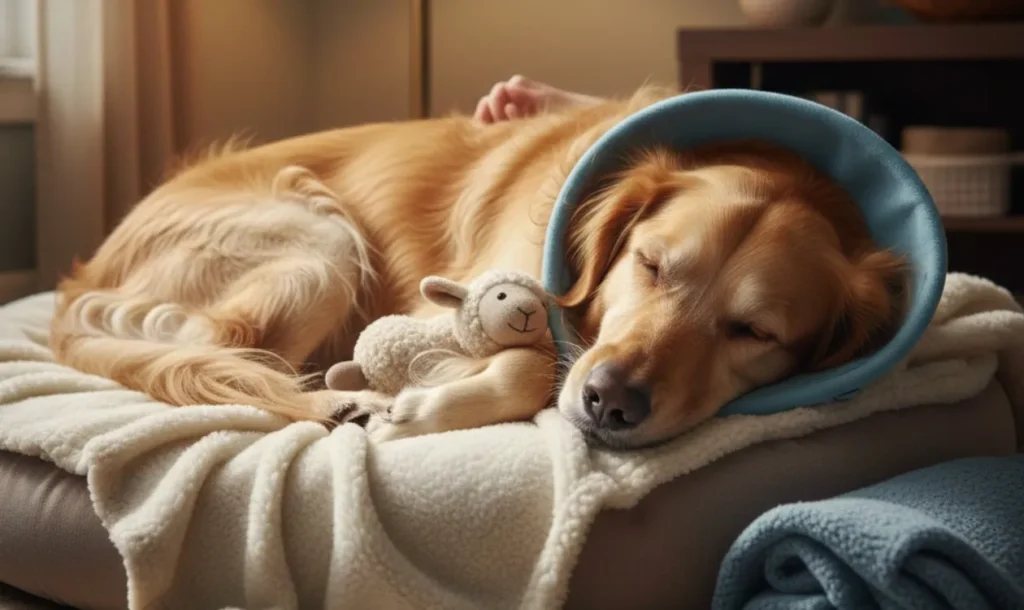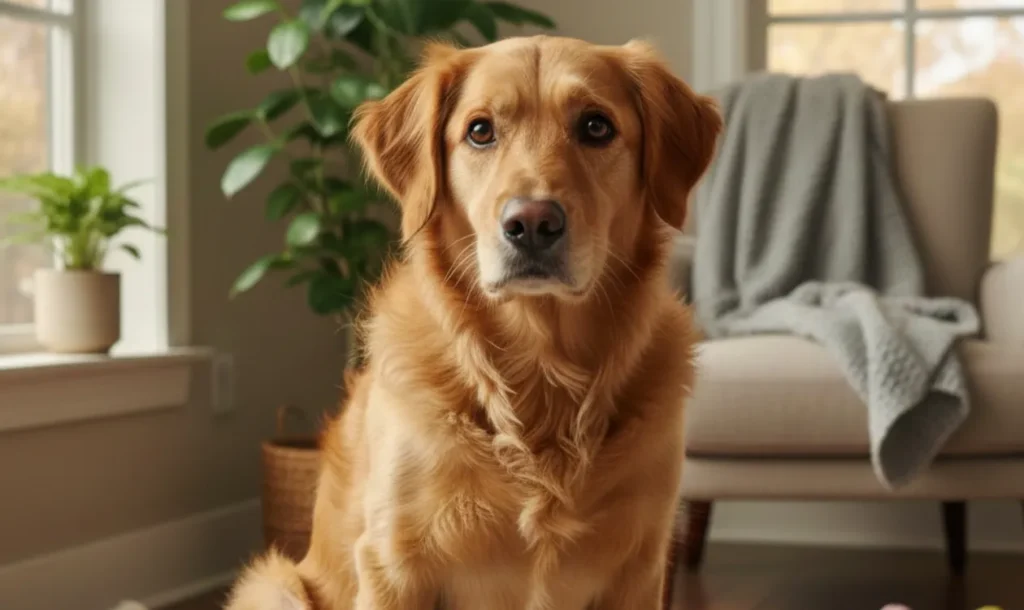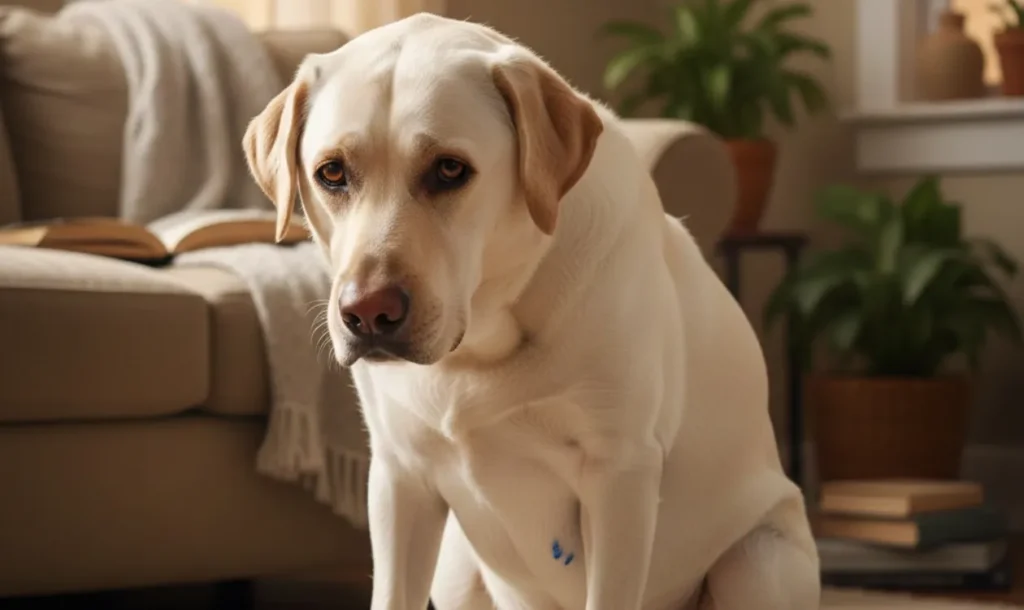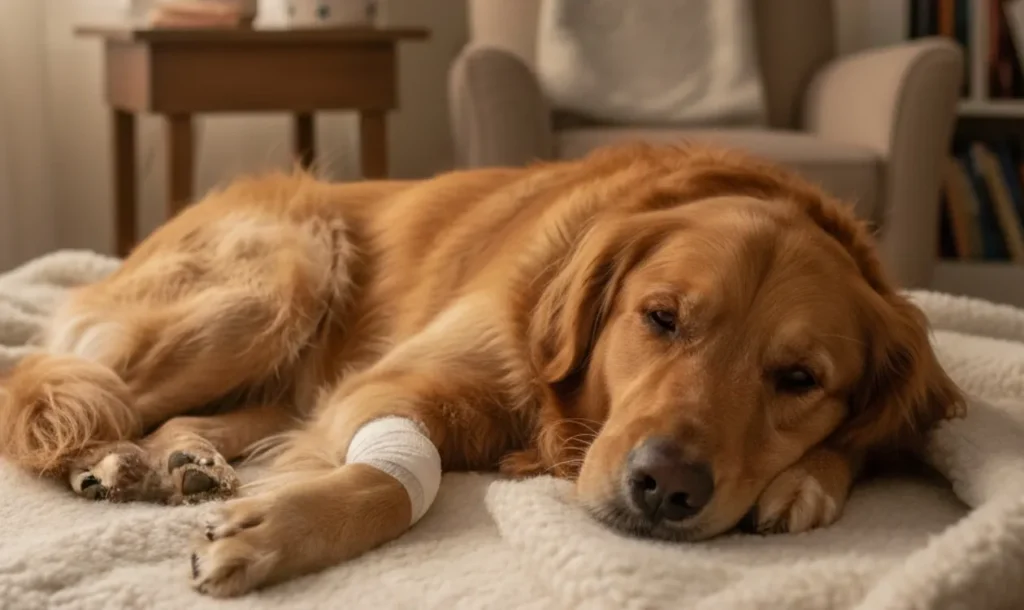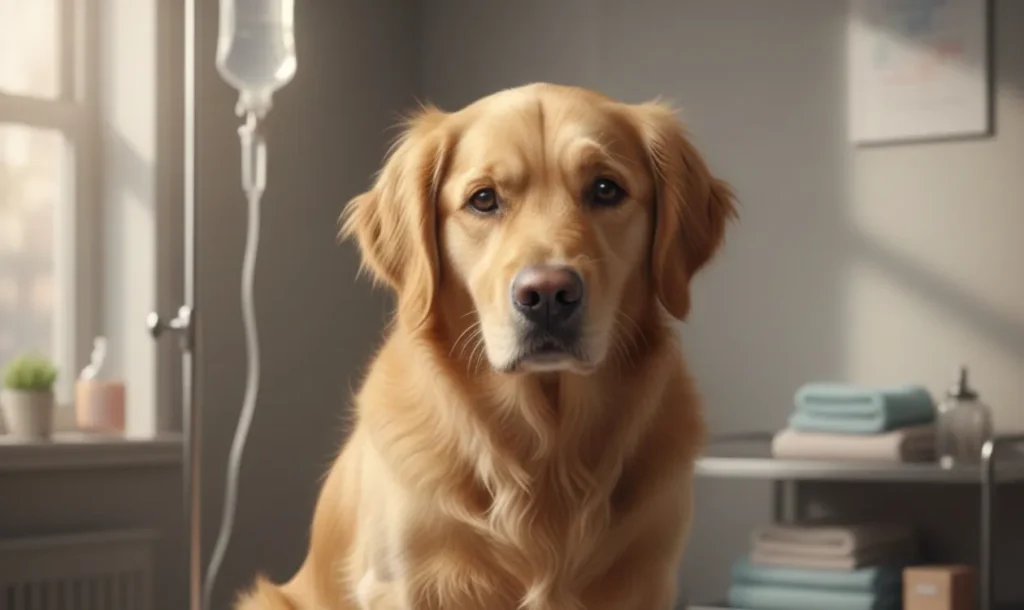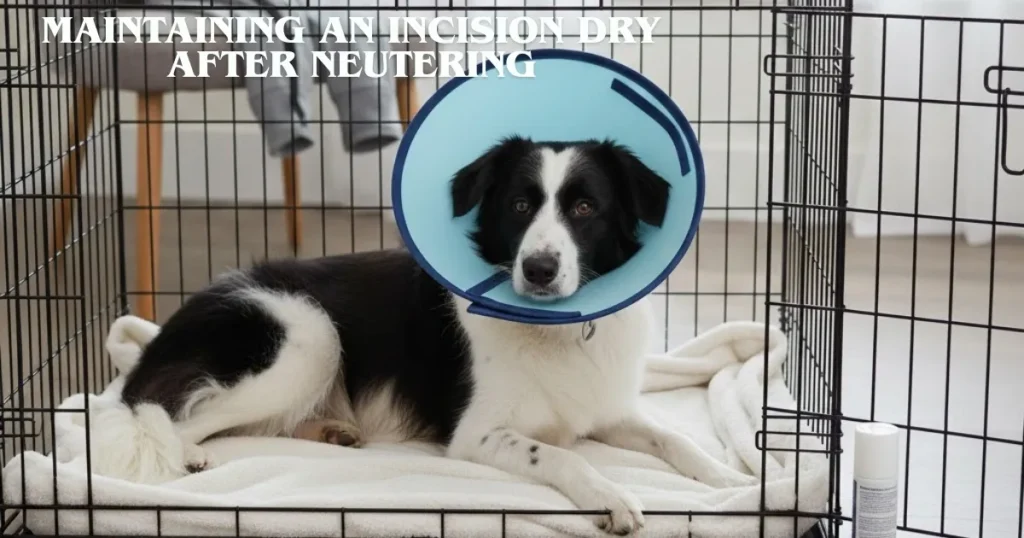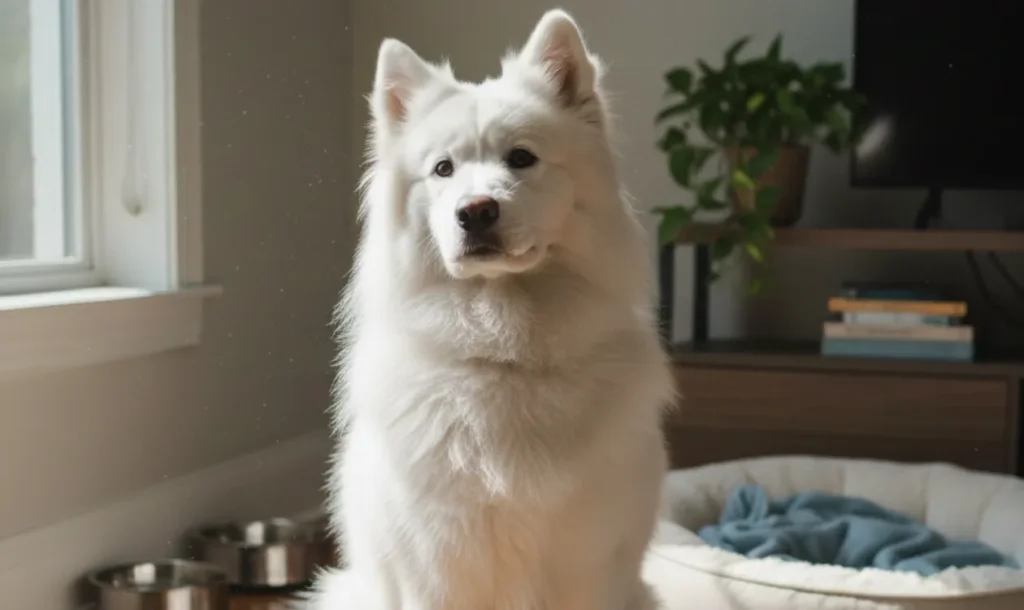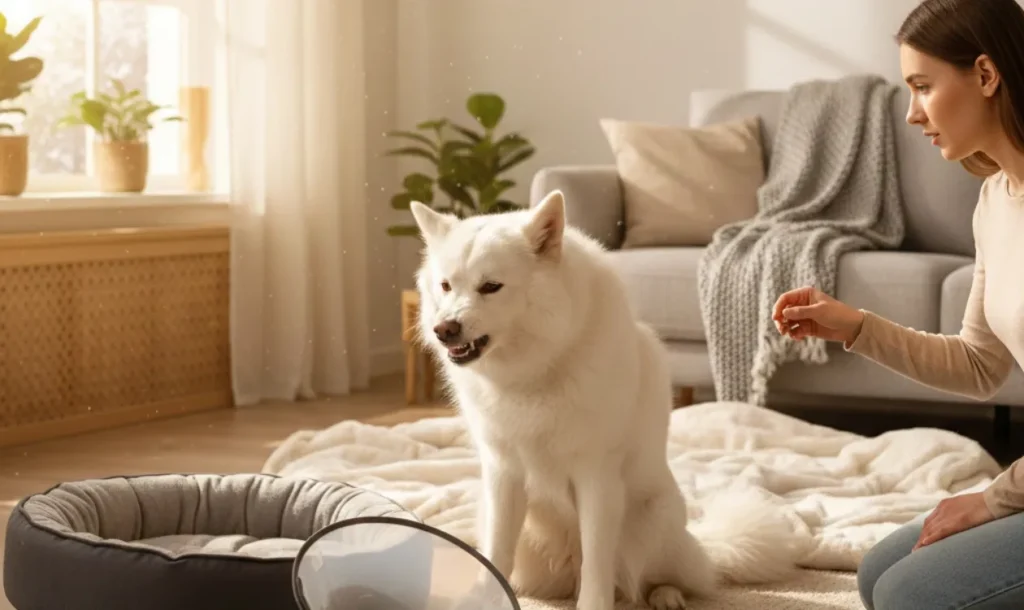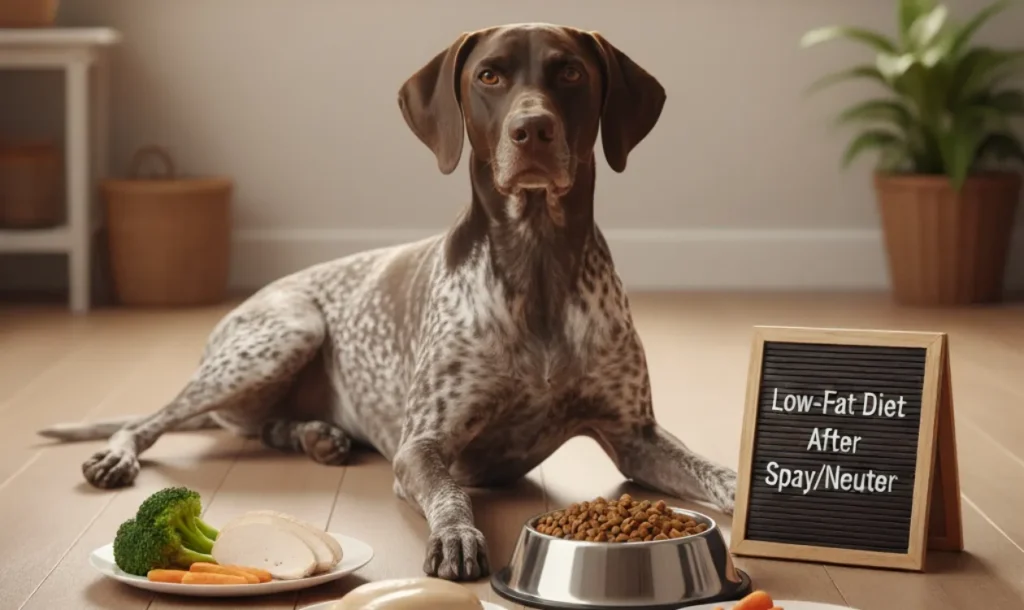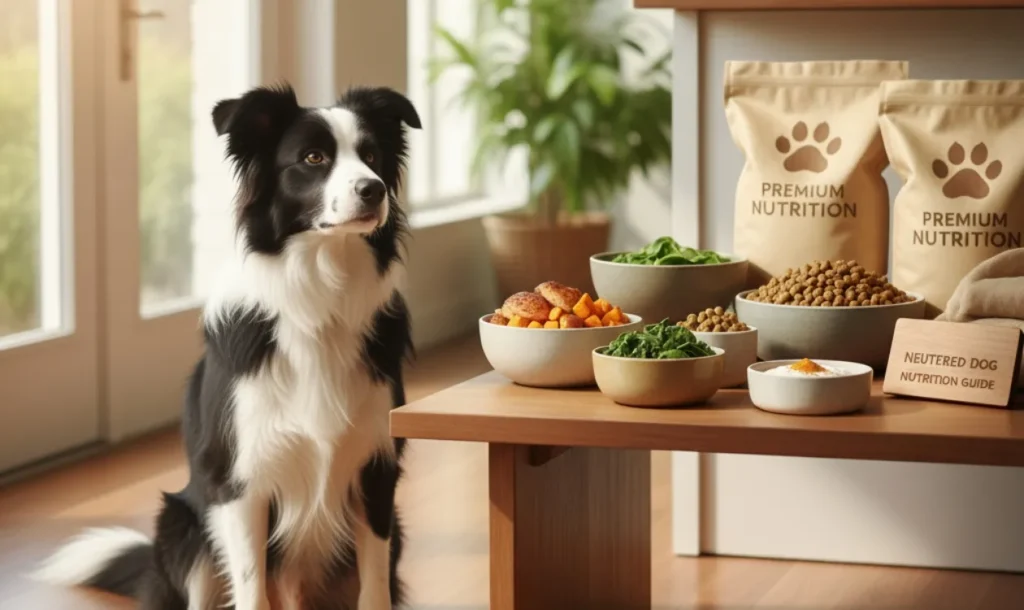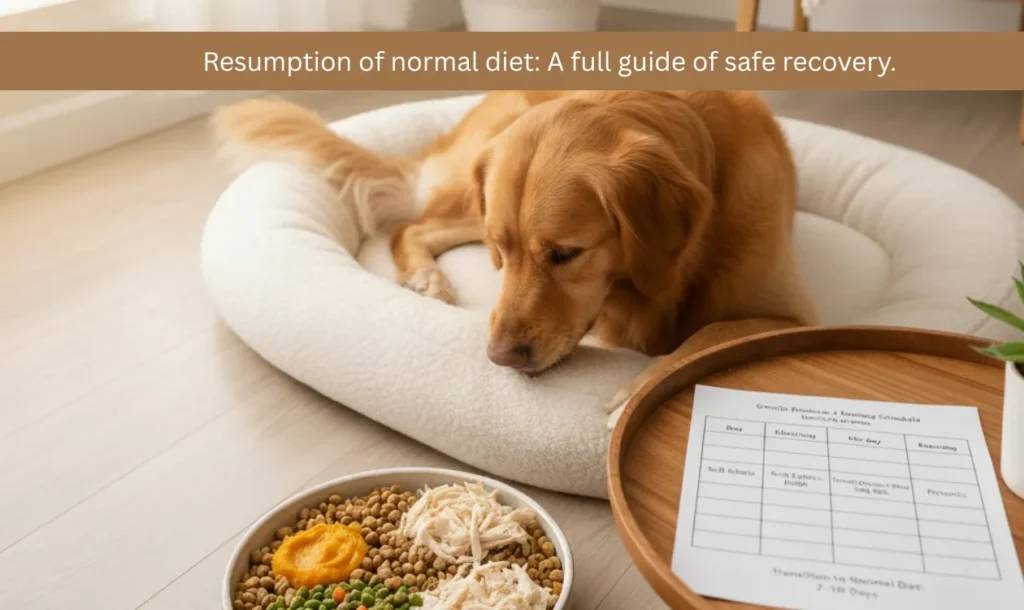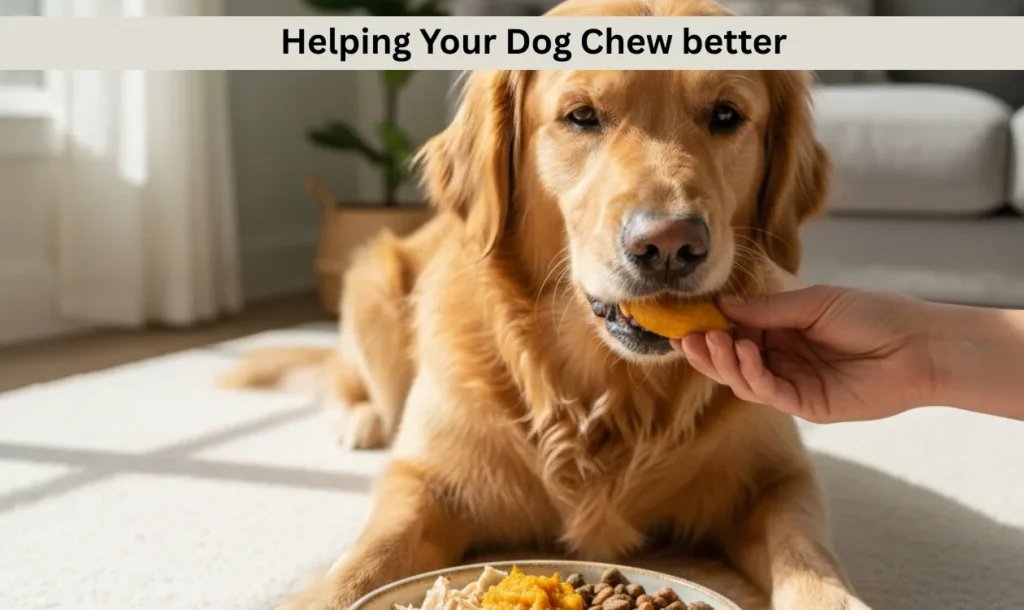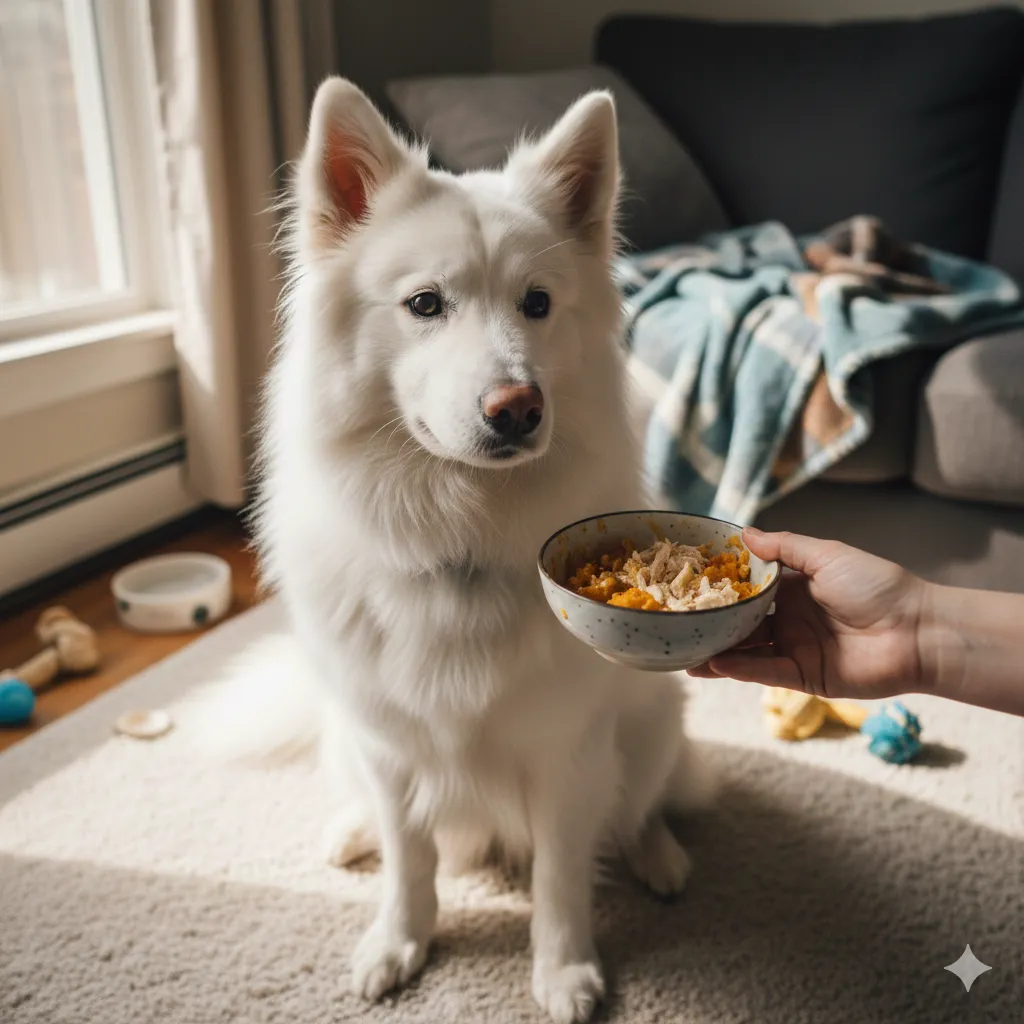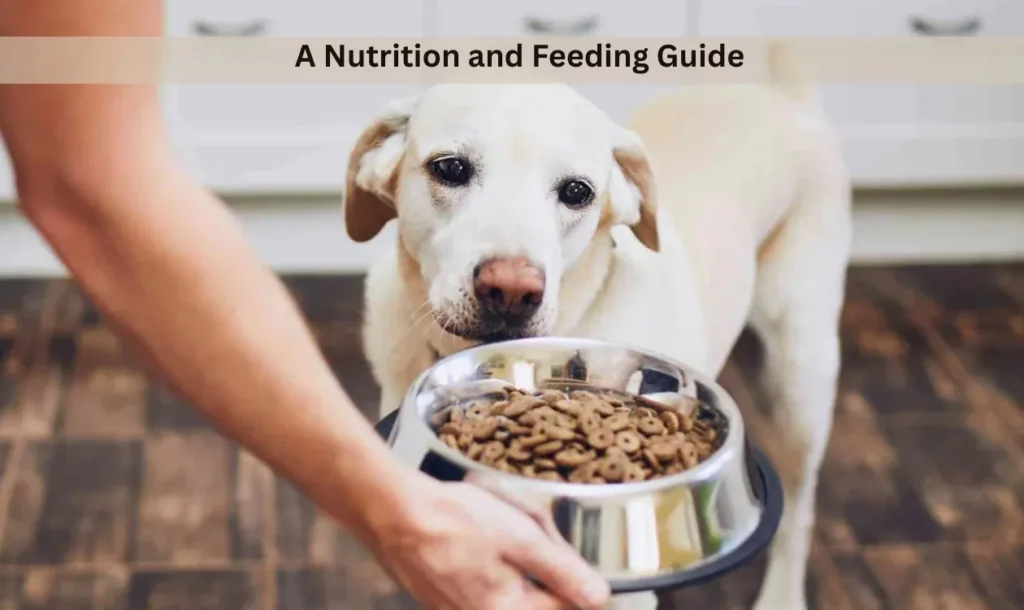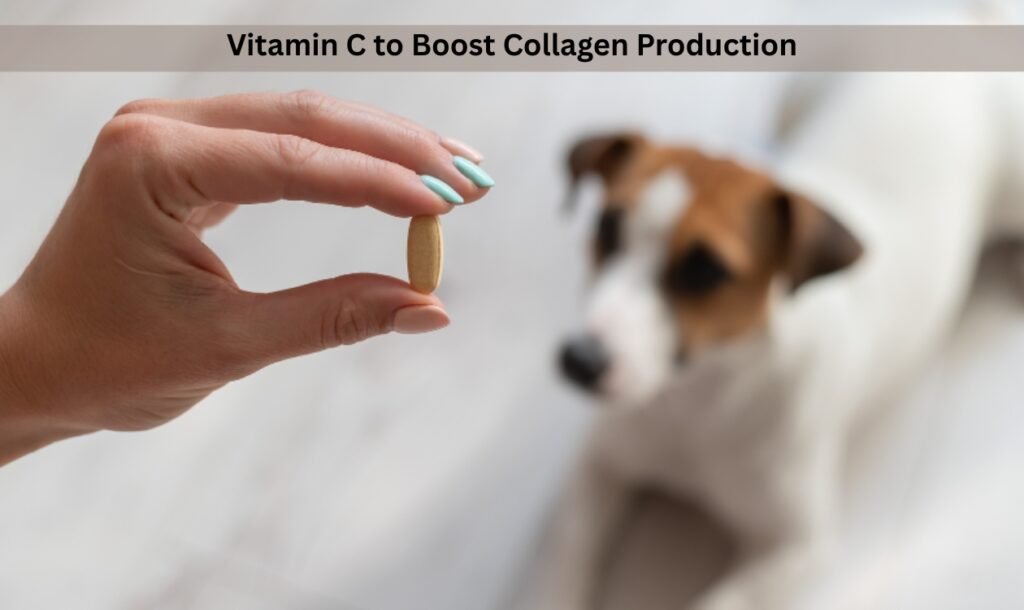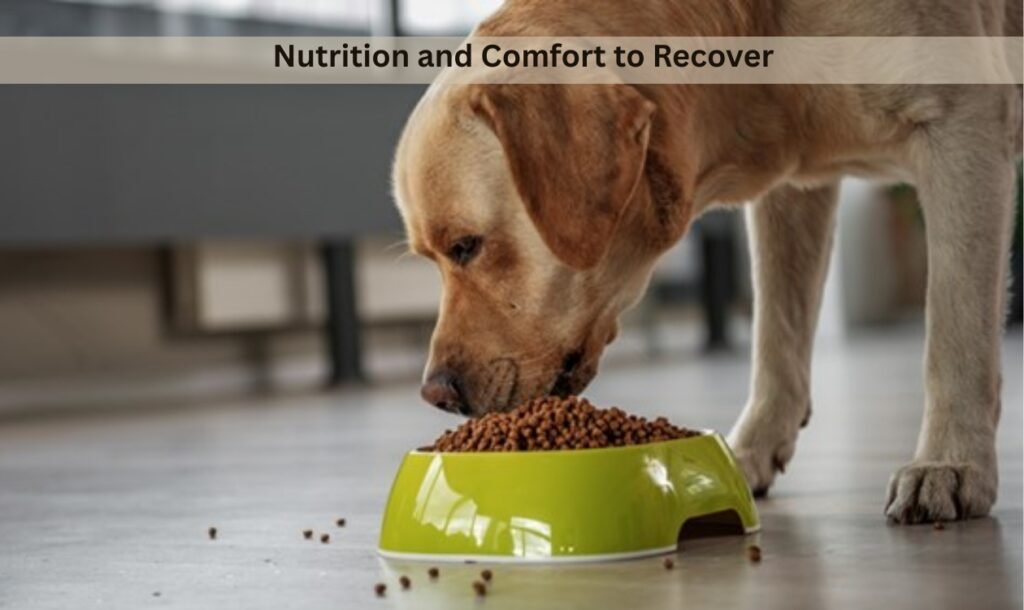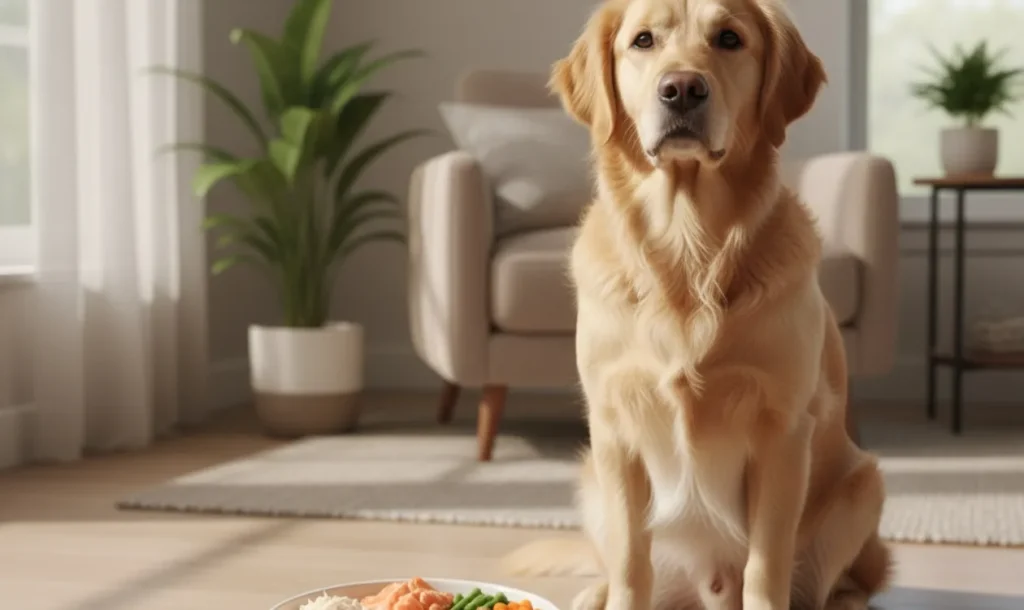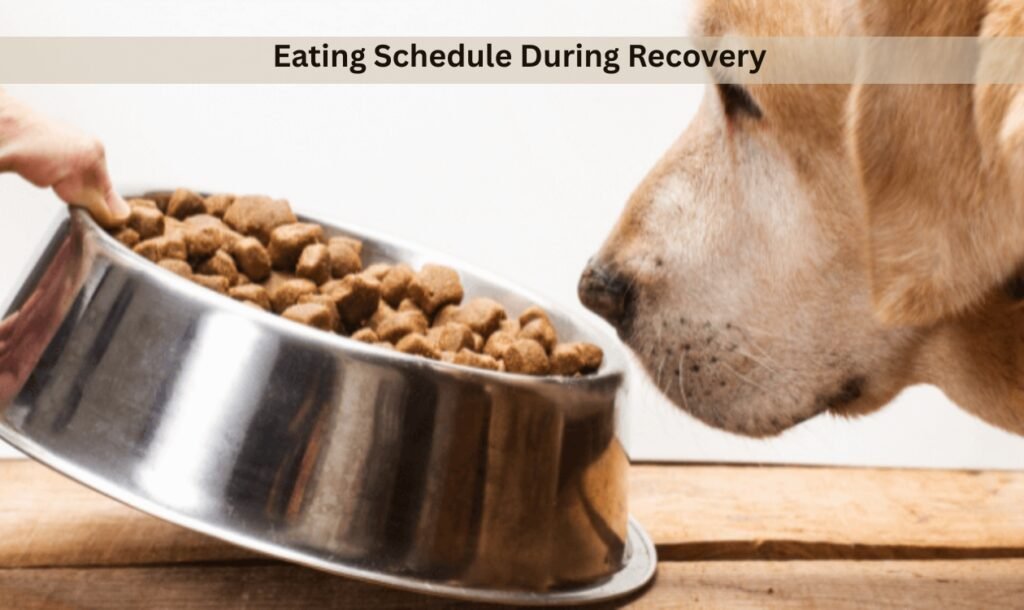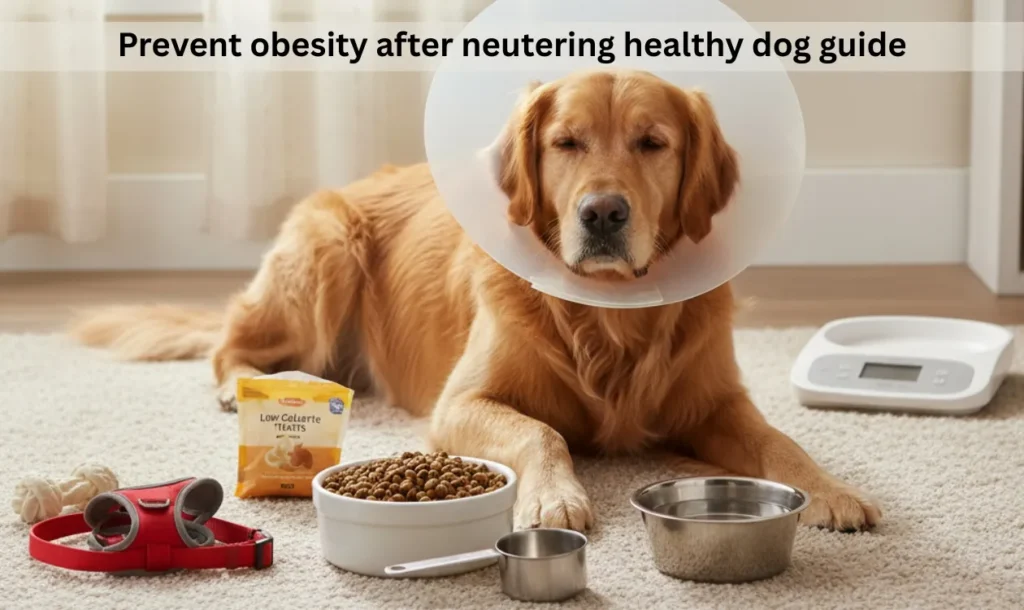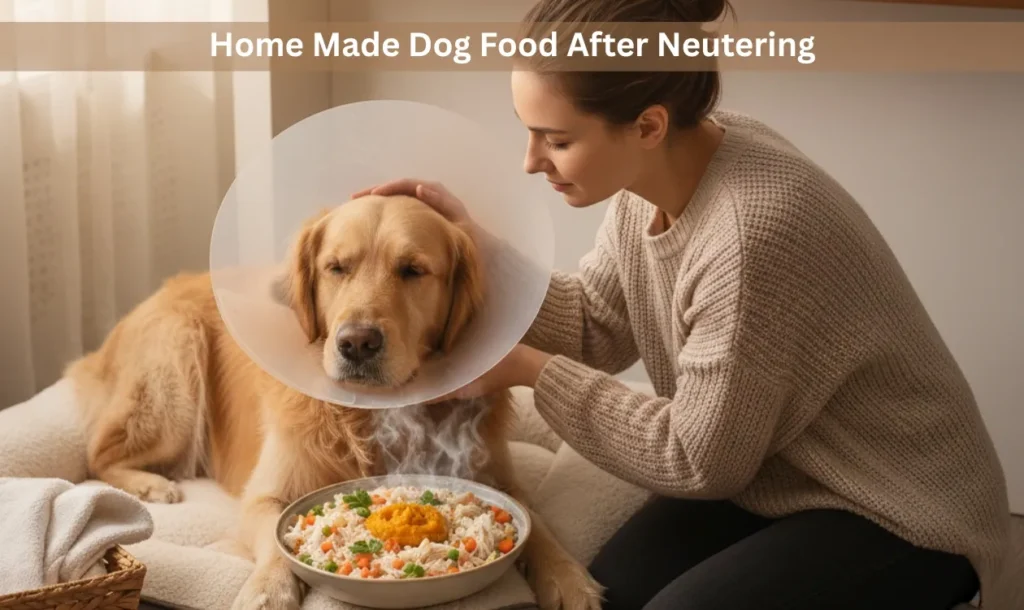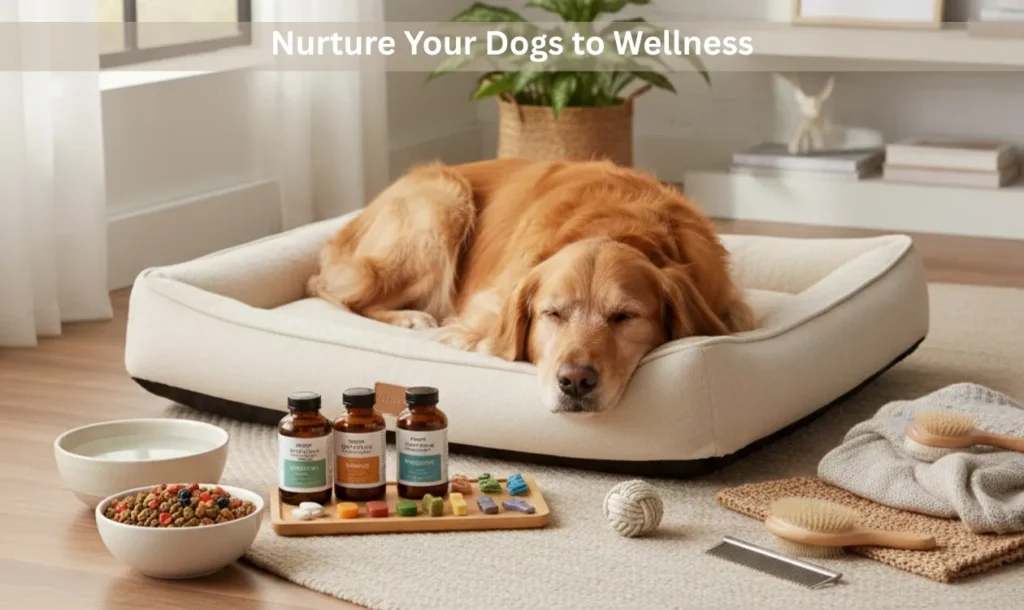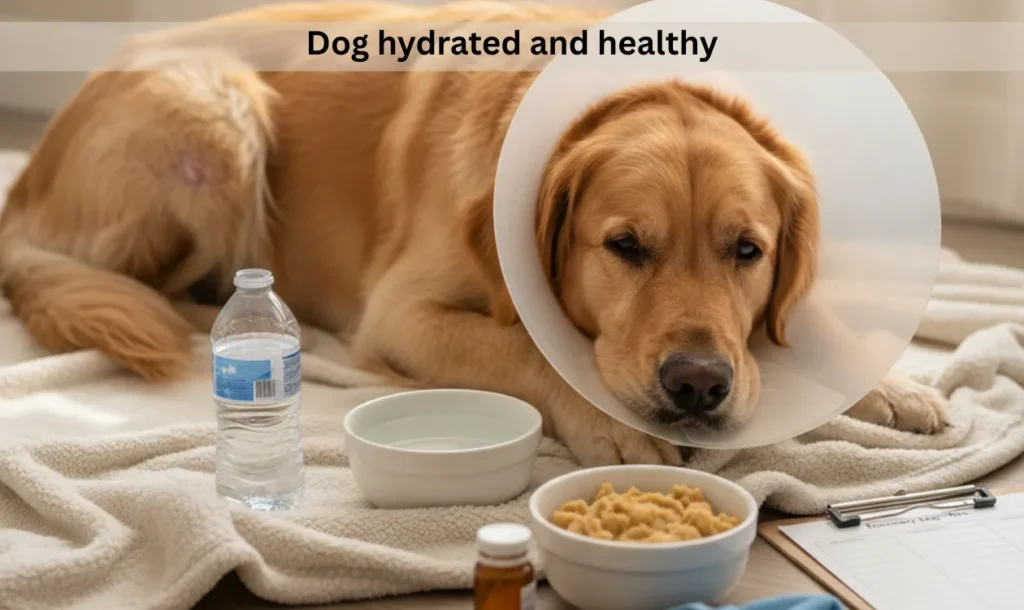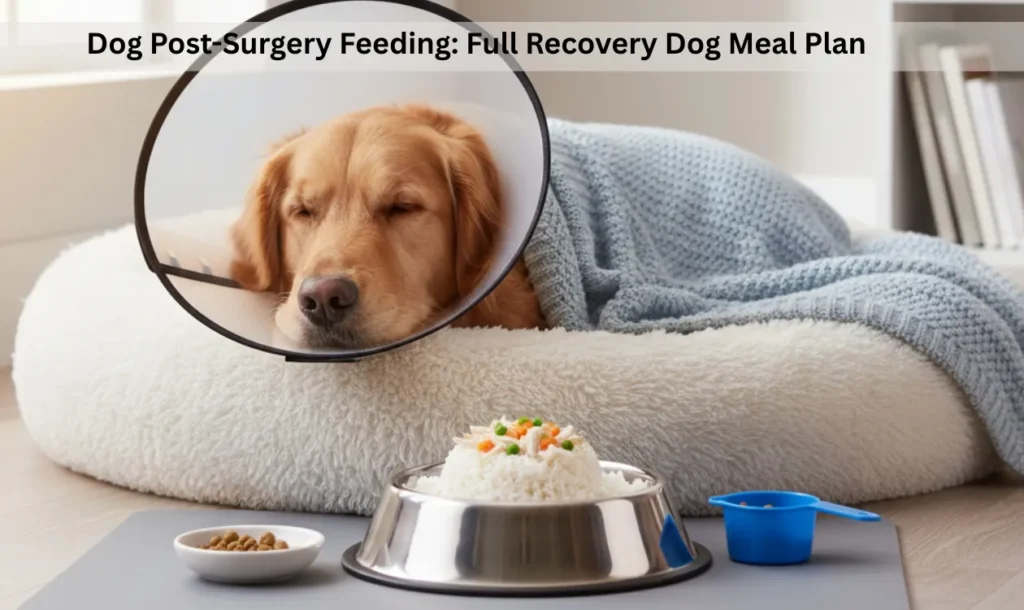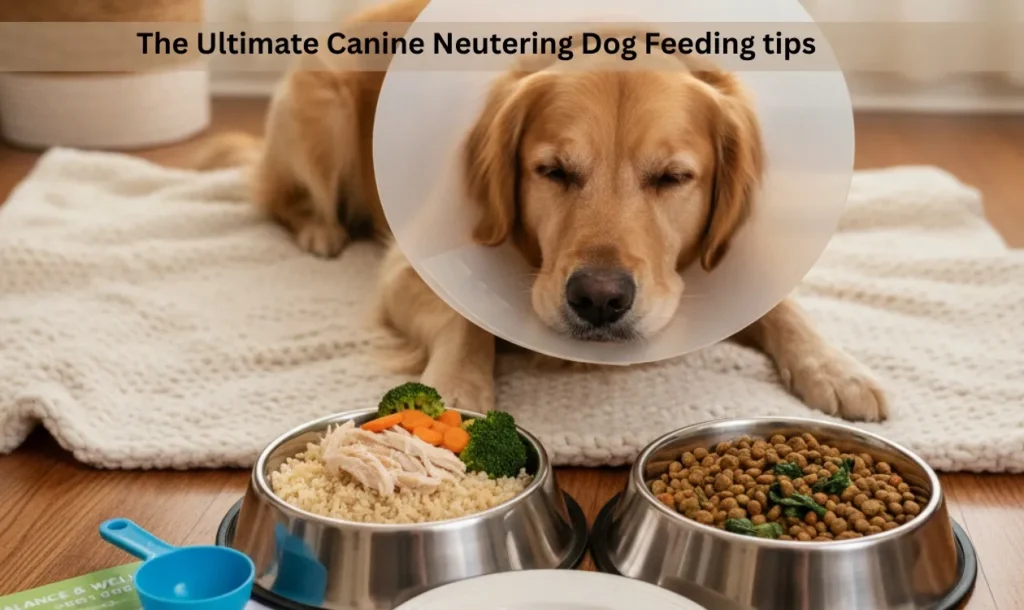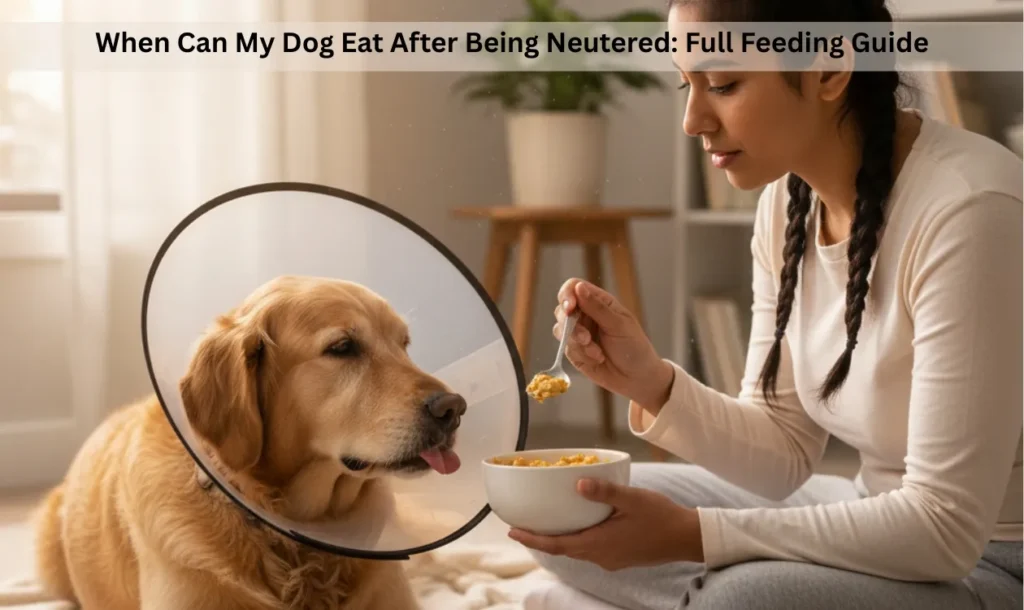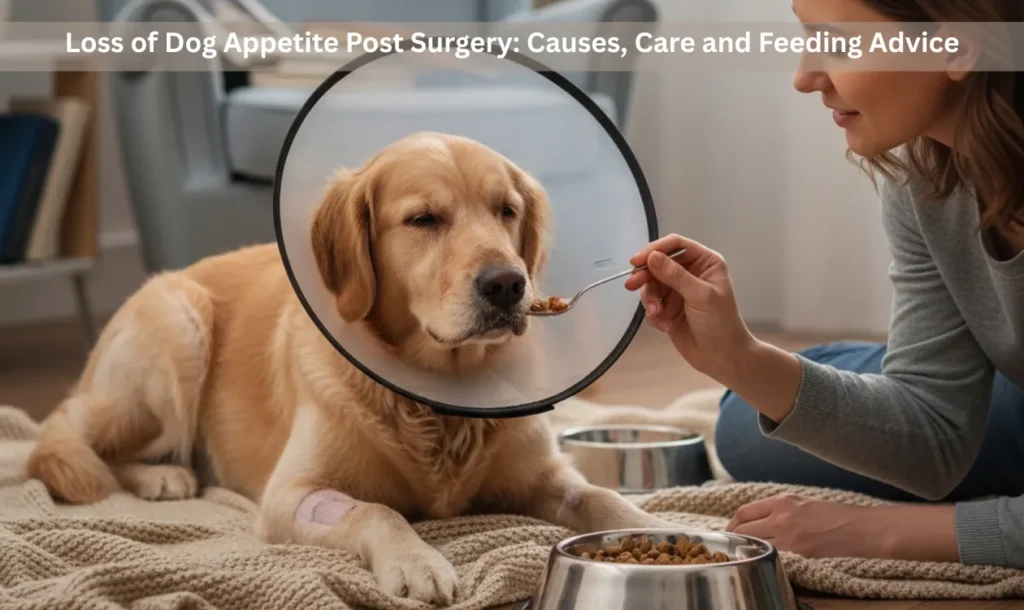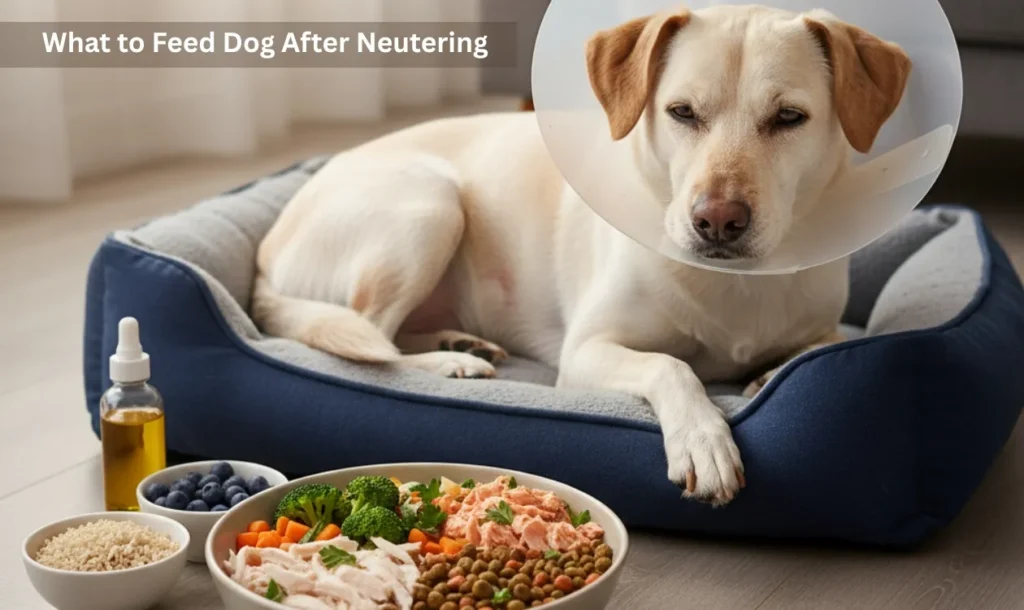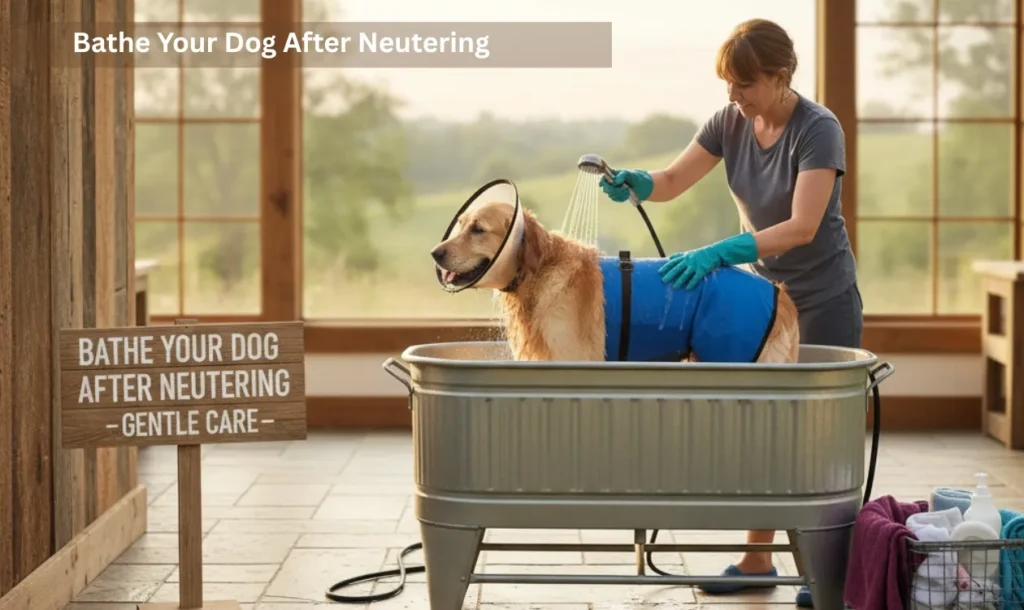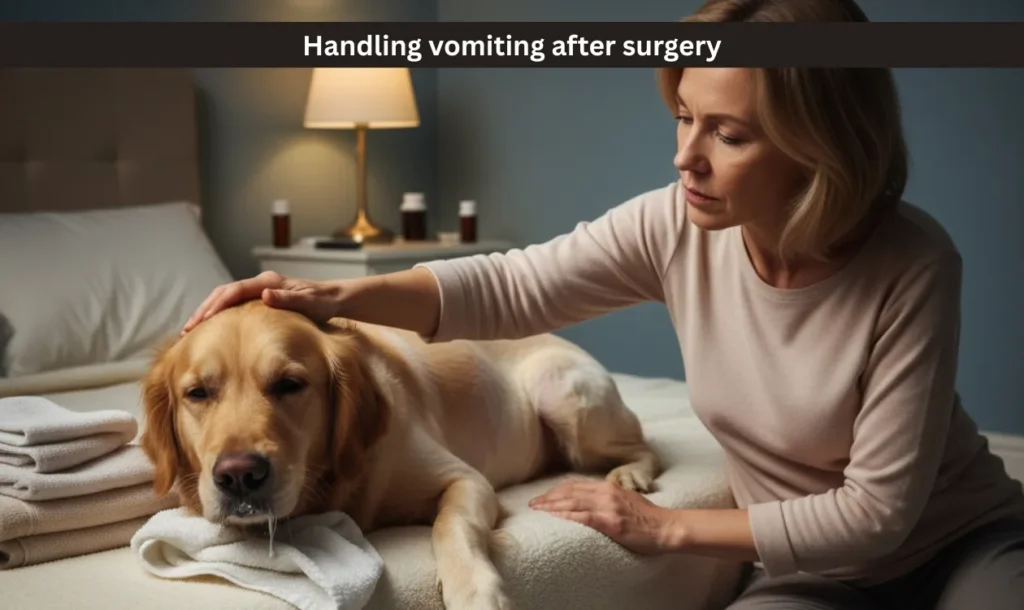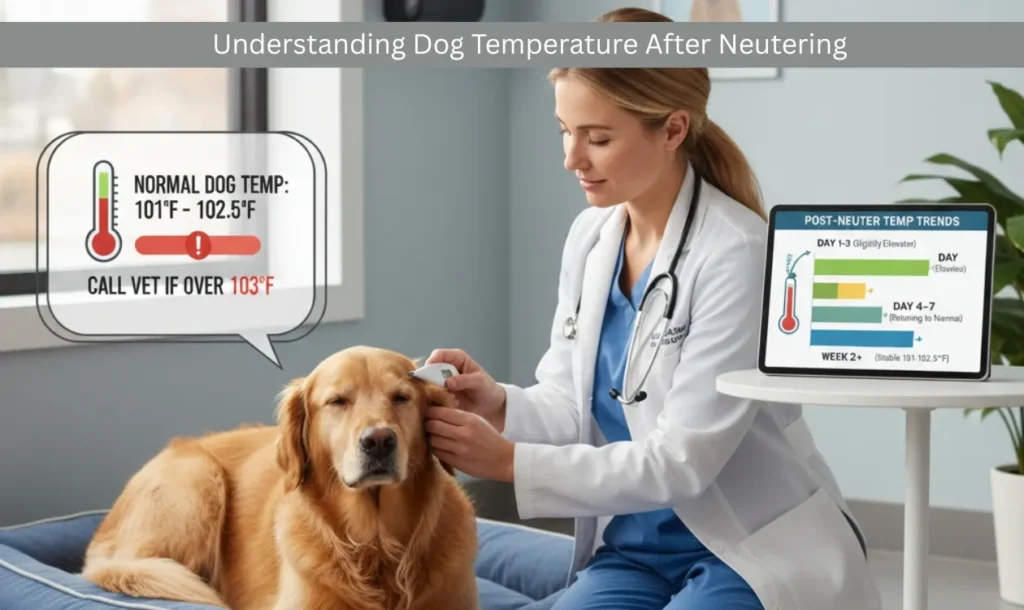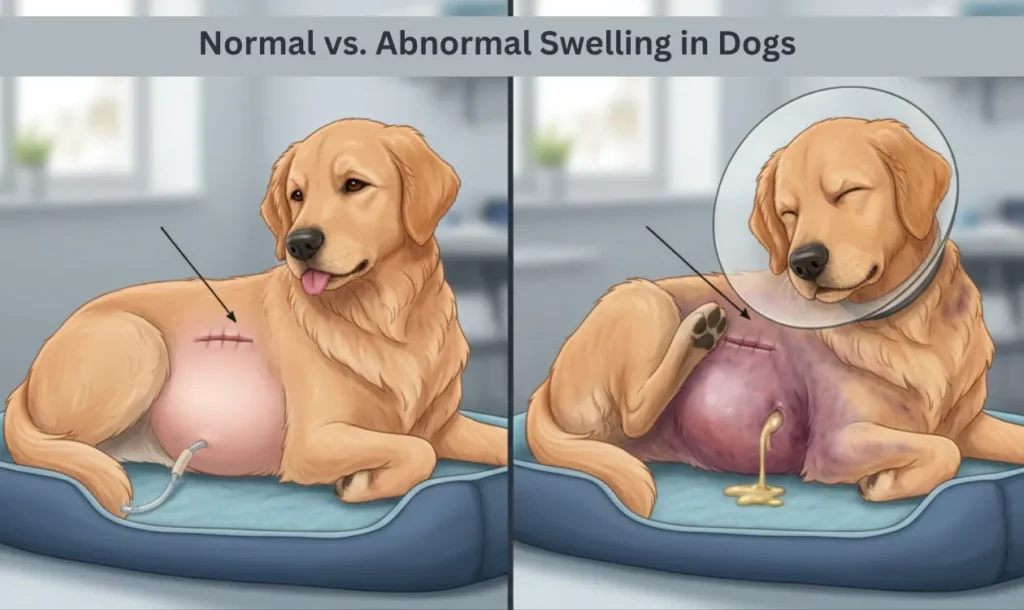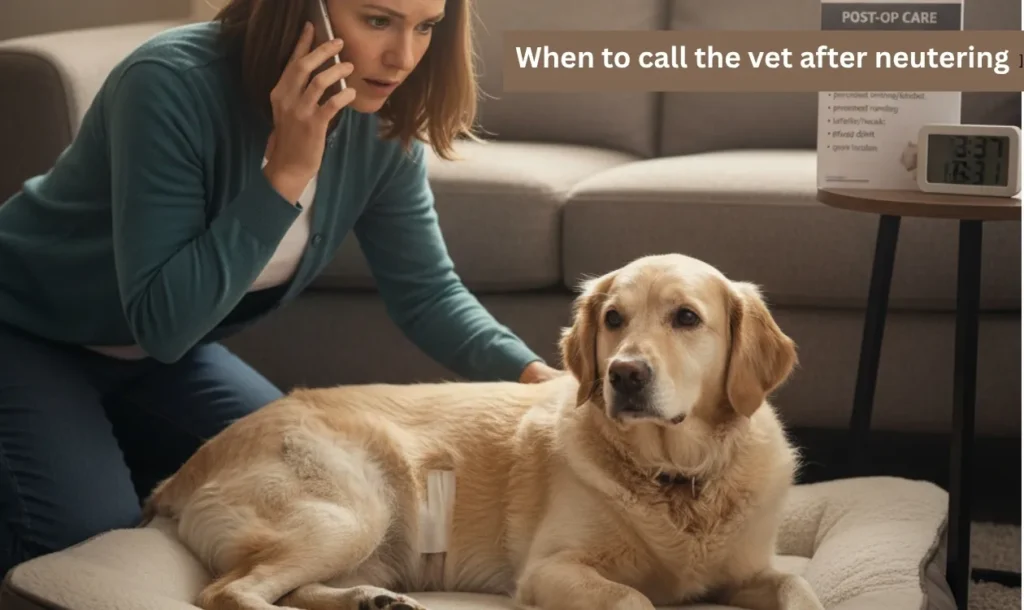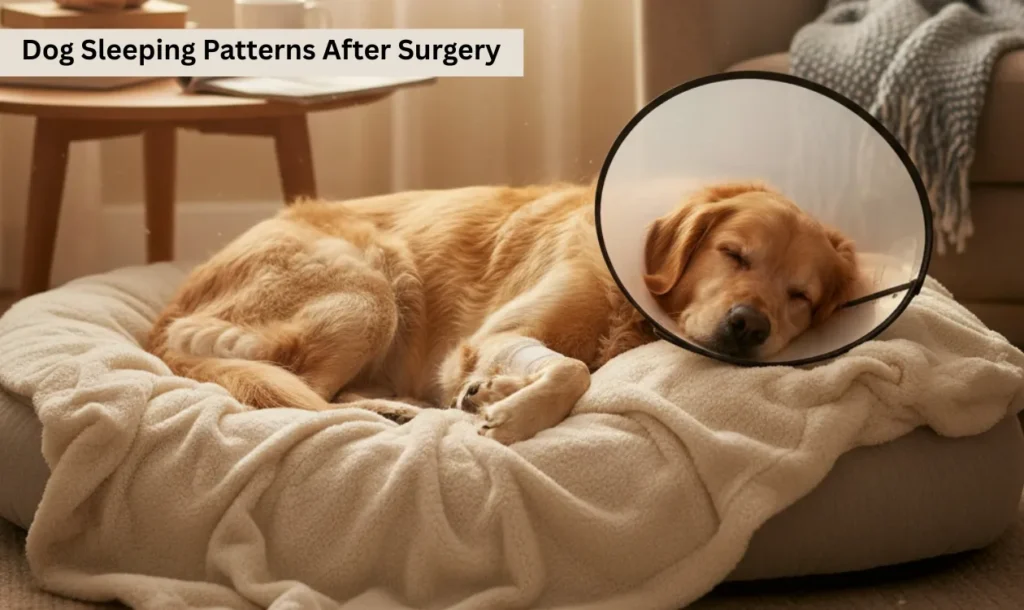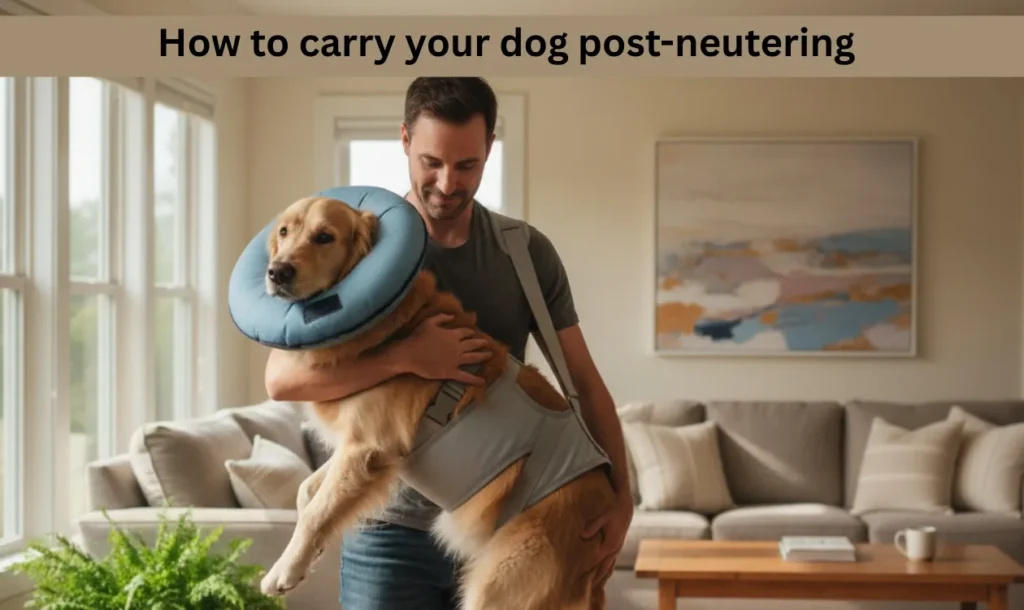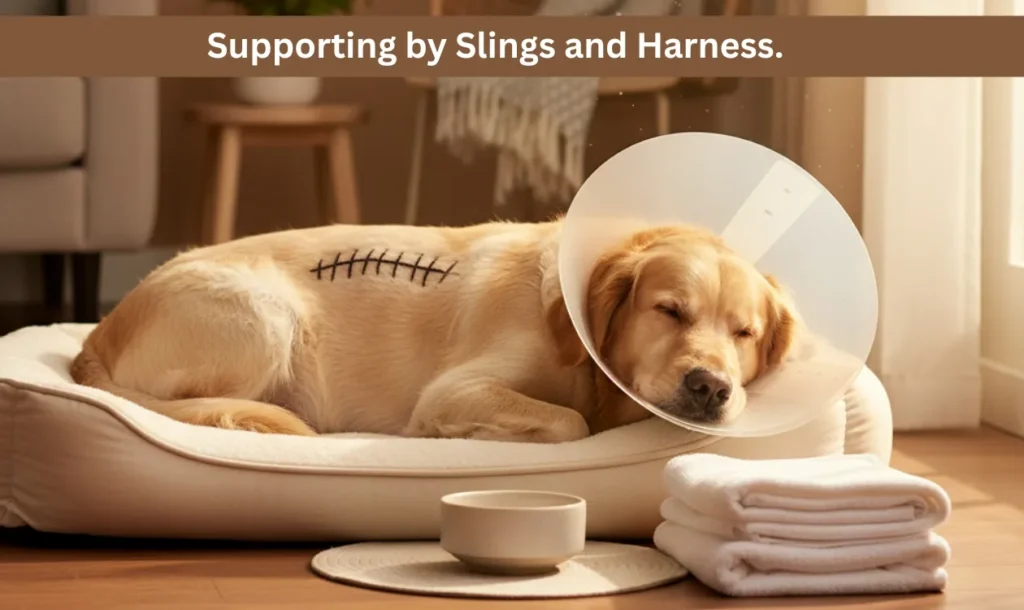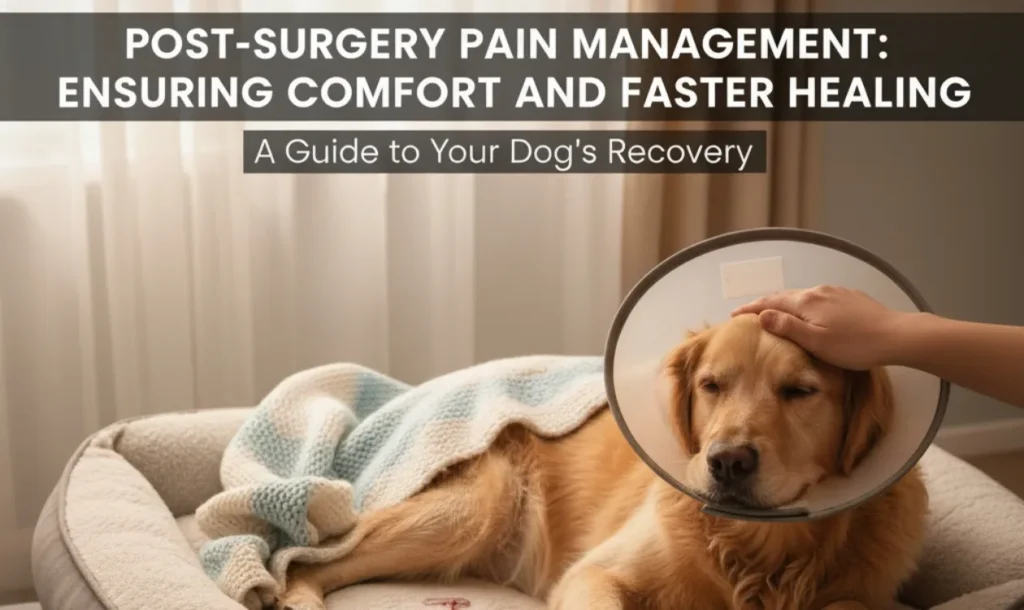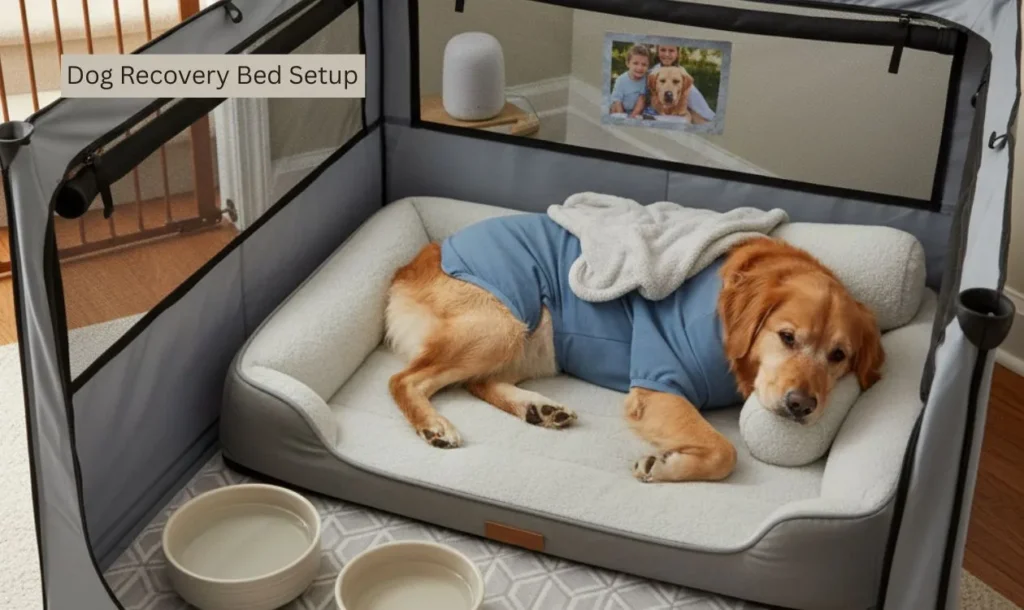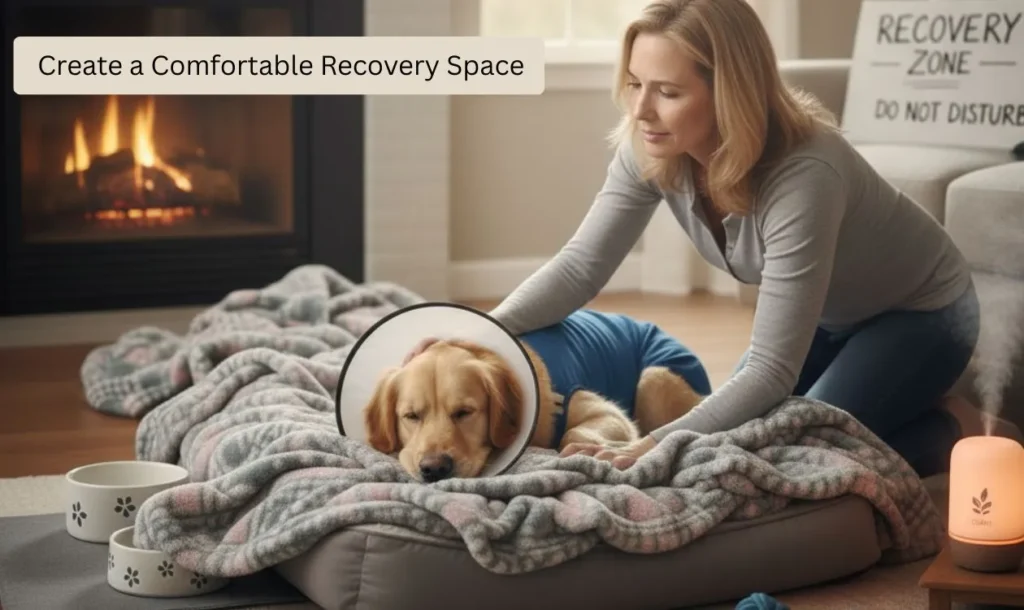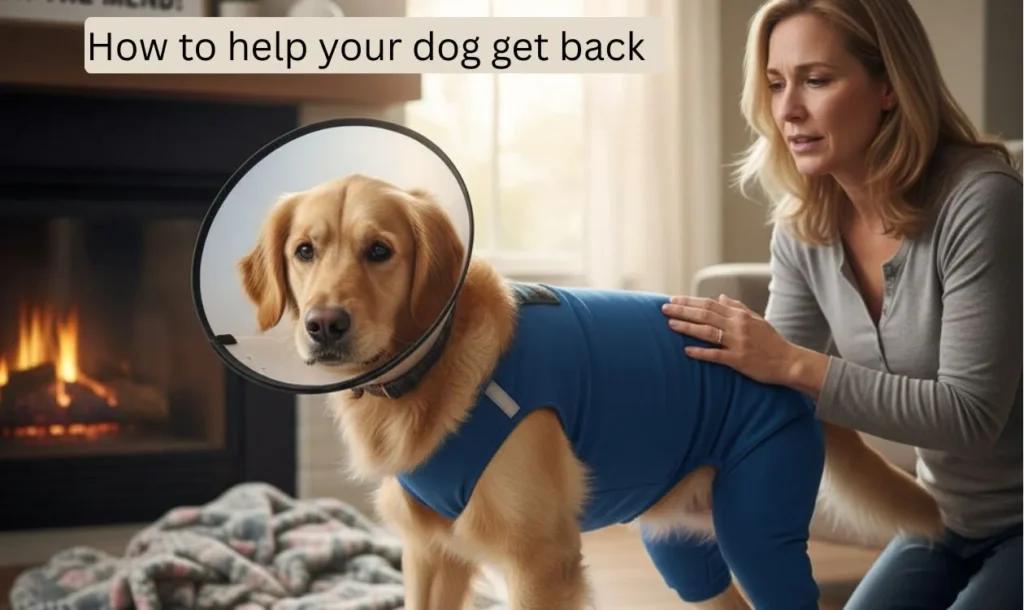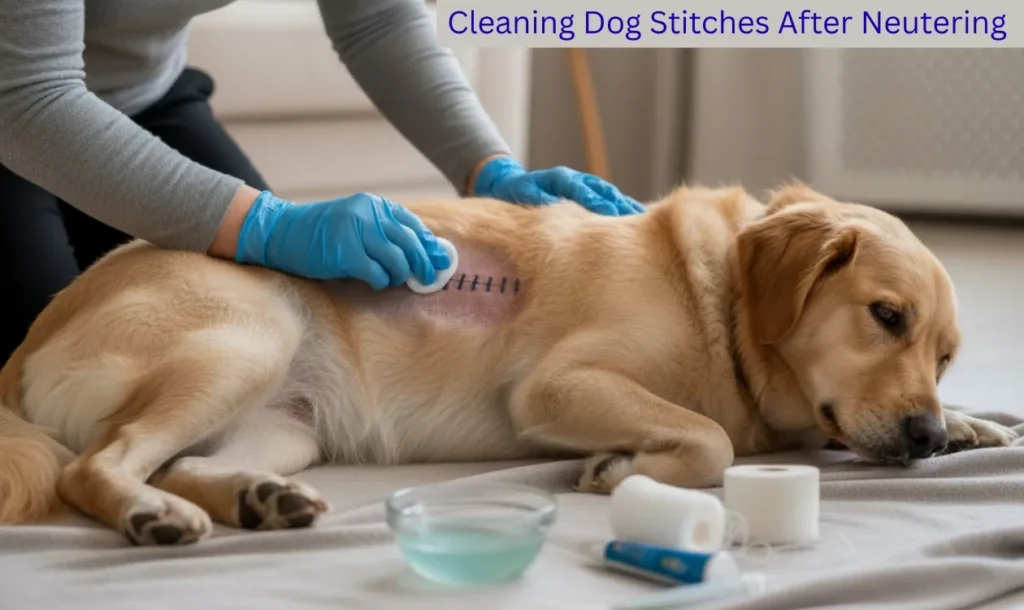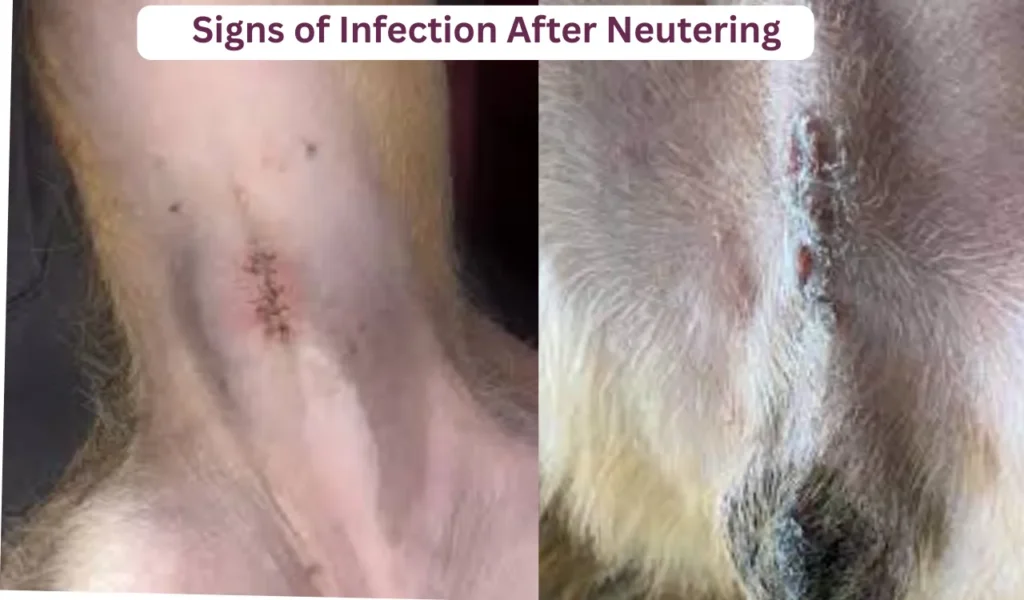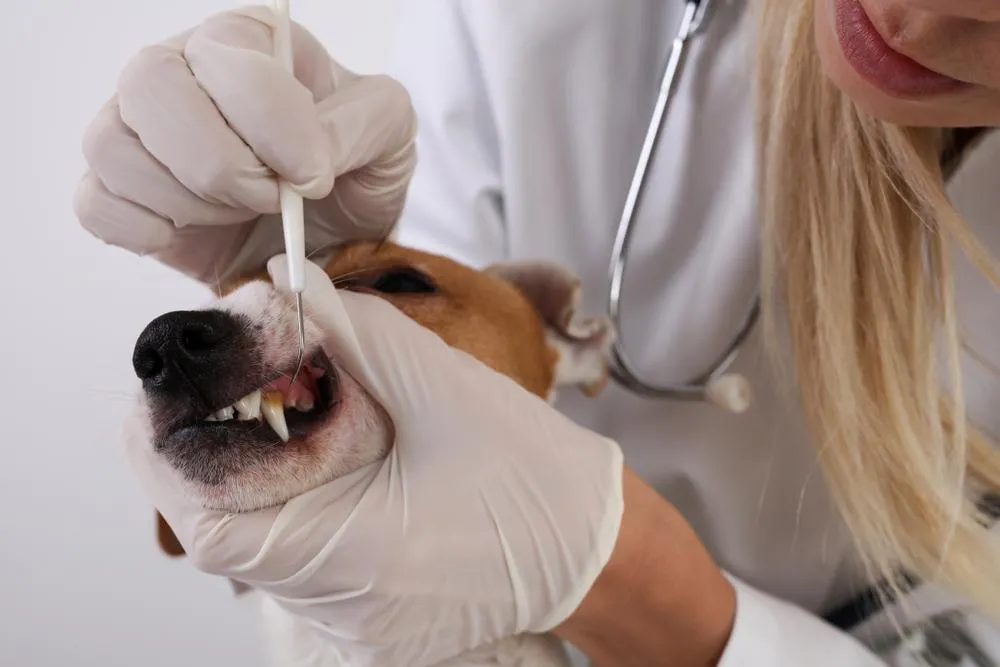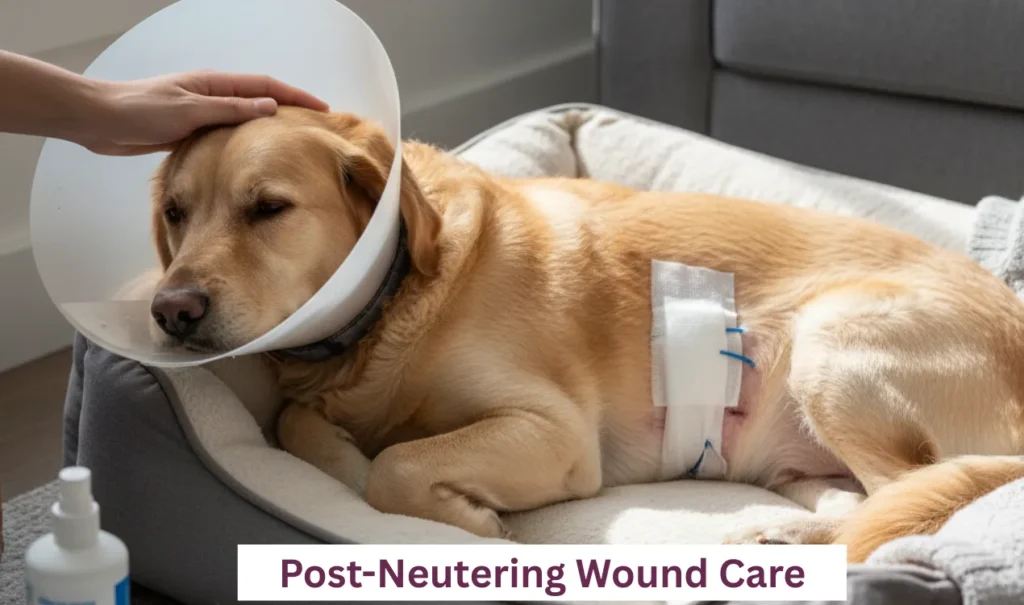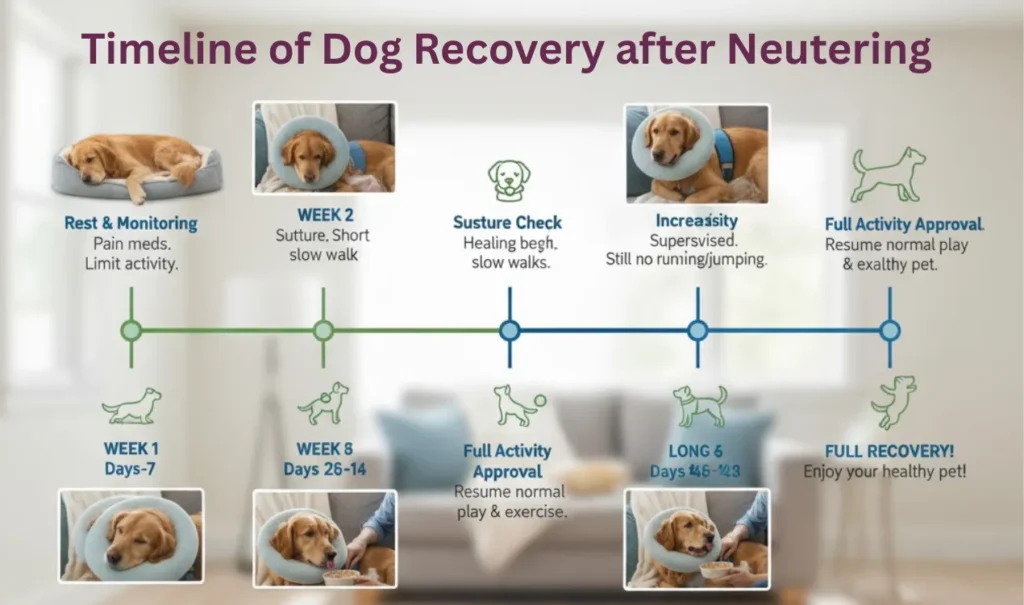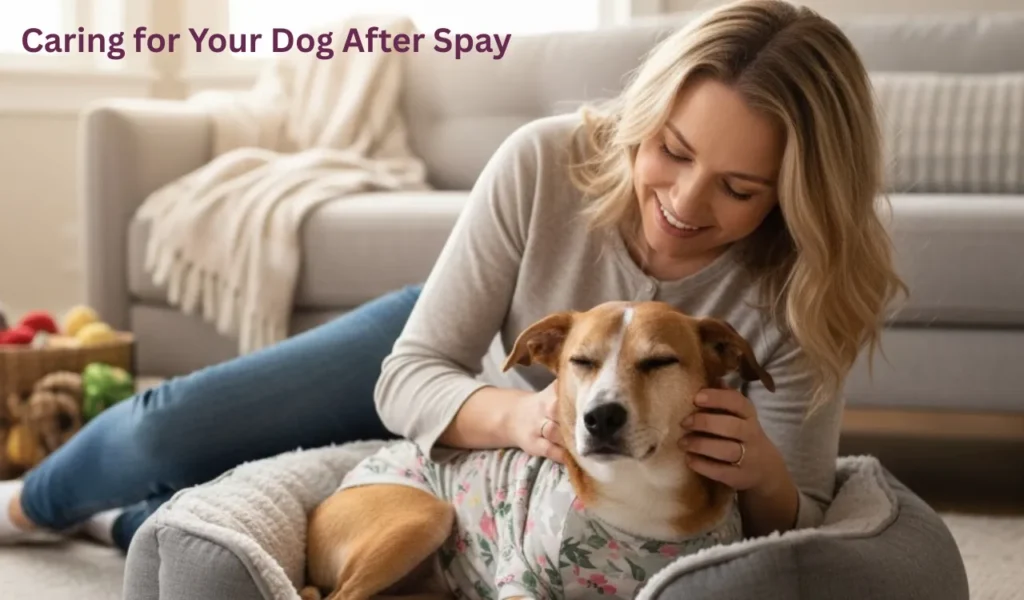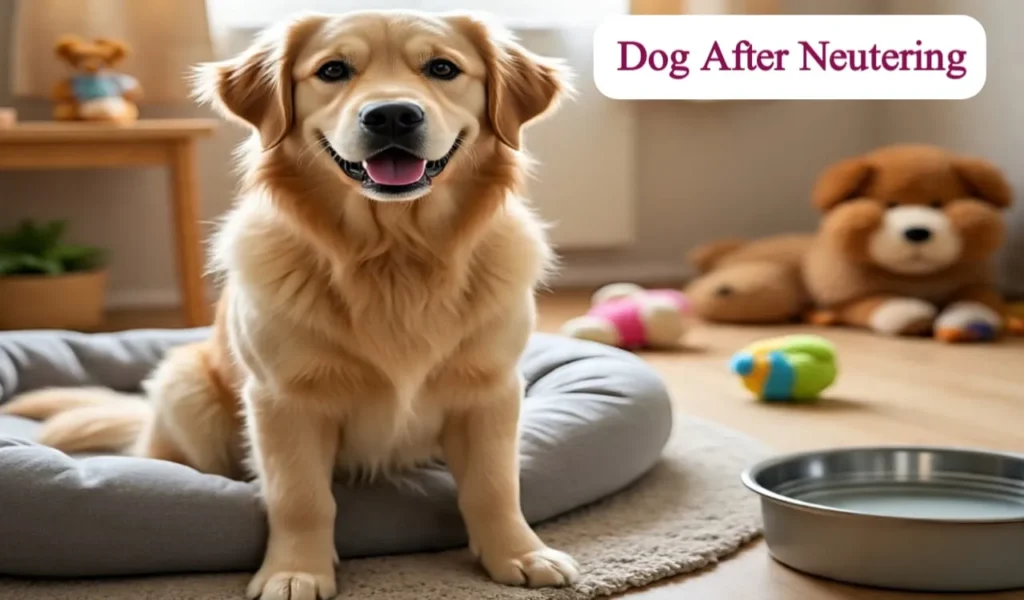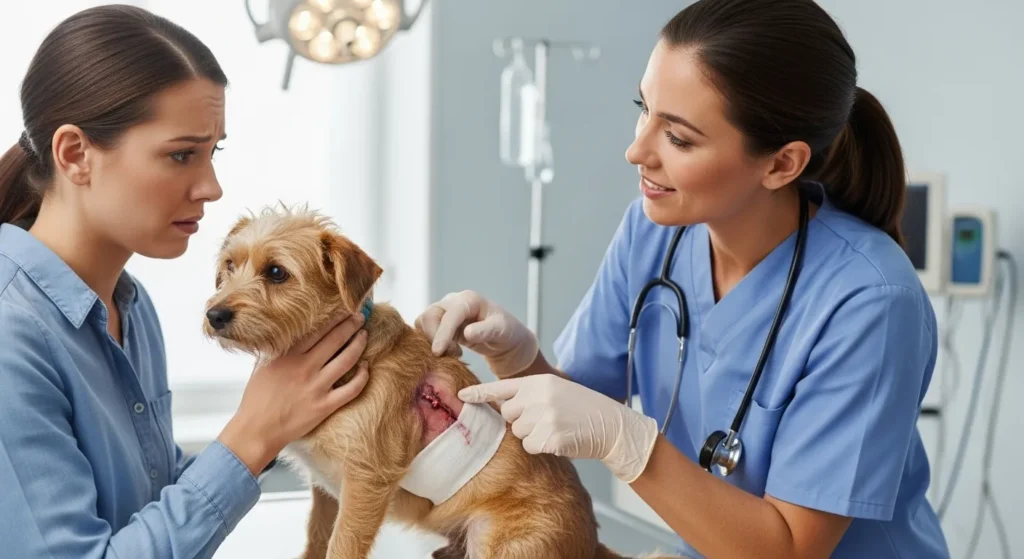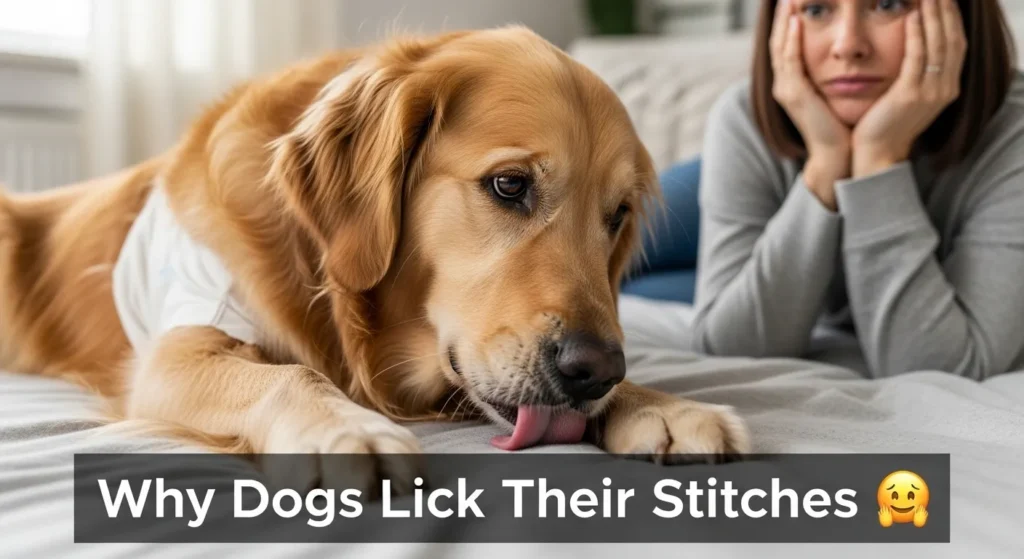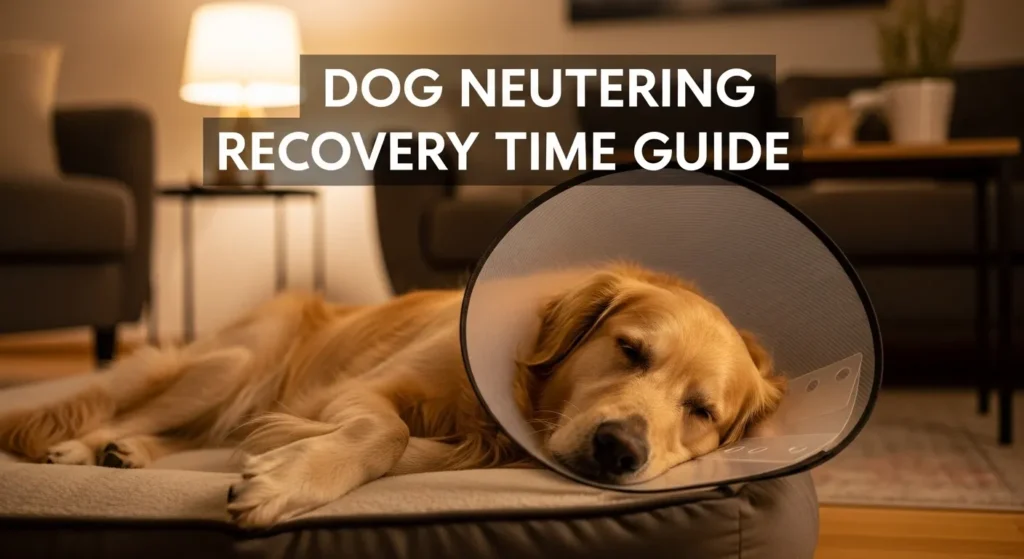Dog Care After Neutering: Complete Recovery Guide
Neutering is one of the most common veterinary surgeries for dogs, but many pet owners feel anxious about how to care for their dog afterward. The good news is that with proper attention, recovery is usually smooth and uneventful. This guide will walk you through everything you need to know from what to expect right after surgery to step-by-step care instructions, incision monitoring, and when to call your veterinarian.
What Is Dog Neutering?
Neutering (castration) is a surgical procedure that removes a male dog’s testicles. It helps control pet overpopulation, prevents certain health issues, and reduces unwanted behaviors like roaming or marking. While the surgery itself is routine, the recovery period is an essential part of the process. Good aftercare ensures your dog heals safely and avoids complications.

Common Reactions in the First 24 Hours
When you bring your dog home, expect him to feel sleepy or disoriented. This grogginess comes from anesthesia and may last a full day. Some dogs whine, drool, or stumble when walking. These behaviors are usually normal and should improve as the medication wears off.
Normal vs. Abnormal Behavior
Mild lethargy, reduced appetite, or slight vomiting in the first 24 hours is common. What’s not normal: continuous vomiting, heavy bleeding, difficulty breathing, or extreme weakness. If these occur, call your veterinarian immediately.
Post-Surgery Care Instructions
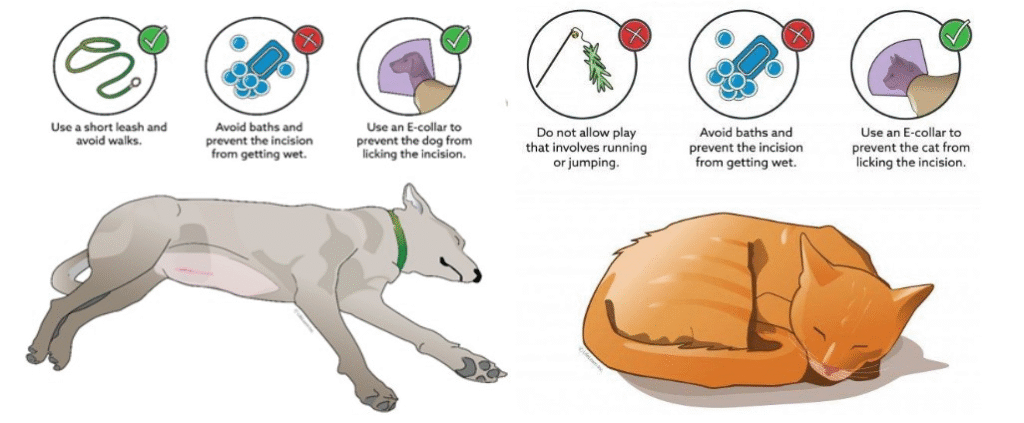
Food and Water Guidelines
Start by offering a small amount of water when you get home. Once your dog is steady, give a small meal — about one-quarter to one-half of his normal portion. If no vomiting occurs, resume his regular diet slowly over the next day. Avoid table scraps, treats, or supplements unless your vet recommends them.
Pain Management and Medications
Most dogs receive pain relief from their veterinarian. Only use prescribed medications and follow dosing instructions carefully. Never give human painkillers like ibuprofen or Tylenol — they are toxic to dogs.
Activity Restriction and Exercise Limits
For the first 10–14 days, keep your dog calm and restrict physical activity. Short leash walks for bathroom breaks are fine, but no running, jumping, or playing. Overexertion can cause the incision to open or swell.
Keeping Your Dog Indoors and Comfortable
Your dog should recover indoors, away from rough play or harsh weather. Provide a quiet, comfortable space where he can rest. Crates, pens, or small rooms with baby gates work well to limit movement.
Essential Dog Care & Recovery Tips
It is important to take proper care of your dog to be healthy and happy and comfortable at all the phases of its life. Healing after surgery, everyday grooming, nutritional and safety measures, as well as every little step help them maintain their overall health. The following is an information on our latest guides that will enable you to learn how to protect your dog, how to know their needs and how to provide them with the tender treatment they really deserve.
Incision Care and Monitoring

Checking the Incision Daily
Look at the incision twice a day. A little redness or swelling is normal at first, but it should improve with time. The area should stay closed and free of pus, blood, or odor.
Keeping the Area Clean and Dry
Don’t bathe your dog or let him swim until the incision is fully healed. Moisture increases the risk of infection and slows healing. Unless your vet instructs otherwise, don’t apply creams or ointments to the incision.
Bathing Restrictions
Postpone baths until your vet confirms it’s safe — usually around two weeks after surgery.
Signs of Infection or Complications
Call your vet if you see persistent swelling, significant redness, discharge, foul smell, or if the incision starts to open. These are red flags for infection or poor healing.
Preventing Harmful Licking and Chewing
E-Collar (Cone of Shame) Use
Dogs instinctively lick wounds, but this can pull out stitches and cause infection. An Elizabethan collar (cone) is the most reliable way to prevent licking. Keep it on at all times unless your vet advises otherwise.
Alternatives to Cones
Some dogs hate cones. Alternatives include soft inflatable collars, recovery suits, or surgical onesies. These can work, but make sure your dog truly cannot reach the incision.
Managing Special Situations
Puppies and Young Dogs
Young dogs often have more energy and may resist rest. Crate training, toys that encourage calm chewing, and extra supervision can help.
Senior Dogs
Older dogs may heal more slowly. Be patient, provide supportive bedding, and monitor closely for discomfort.
Anxious or High-Energy Dogs
Dogs with high energy or anxiety might need safe confinement, calming routines, or extra mental stimulation (like puzzle feeders) during recovery.
In-Heat Females and Male Dogs
If your male dog was neutered while a female in the home is in heat, keep them separated for several days. Even neutered males may show interest initially.
How to Care for Your Dog When You’re Not Home
If you need to leave, confine your dog to a small, safe area without furniture he can jump on. Make sure he has fresh water, a comfortable bed, and his e-collar securely in place. Avoid leaving him alone for long stretches during the first few days.
Recovery Timeline (Day-by-Day)
- Day 1–2: Sleepiness, mild nausea, and soreness are expected. Keep activity minimal.
- Day 3–5: Energy may return, but the incision is still vulnerable. Keep restrictions in place.
- Day 6–10: Healing progresses, swelling should decrease, and stitches remain intact.
- Day 11–14: Most dogs heal fully by now. A follow-up exam may be scheduled to confirm recovery.
When to Call Your Veterinarian
Contact your vet if your dog shows:
- Excessive bleeding or discharge
- Wound opening or stitches coming out
- Swelling that gets worse after the third day
- Continuous vomiting, diarrhea, or refusal to eat after 24 hours
- Difficulty urinating or defecating
- Extreme lethargy or pain not controlled by prescribed medication
Key Takeaways for a Smooth Recovery
- Limit activity for 10–14 days
- Keep the incision clean, dry, and protected
- Prevent licking with a cone or recovery suit
- Follow pain management instructions exactly
- Check the incision daily and know the warning signs
FAQs-Frequently Asked Questions
Final Thoughts
Caring for a dog after neutering may seem overwhelming at first, but most recover quickly with proper attention. Stick to your vet’s advice, keep your dog rested and comfortable, and monitor closely for any changes. Within two weeks, your companion will usually be back to his happy, playful self — and you’ll have the peace of mind knowing you supported a safe and smooth recovery.
